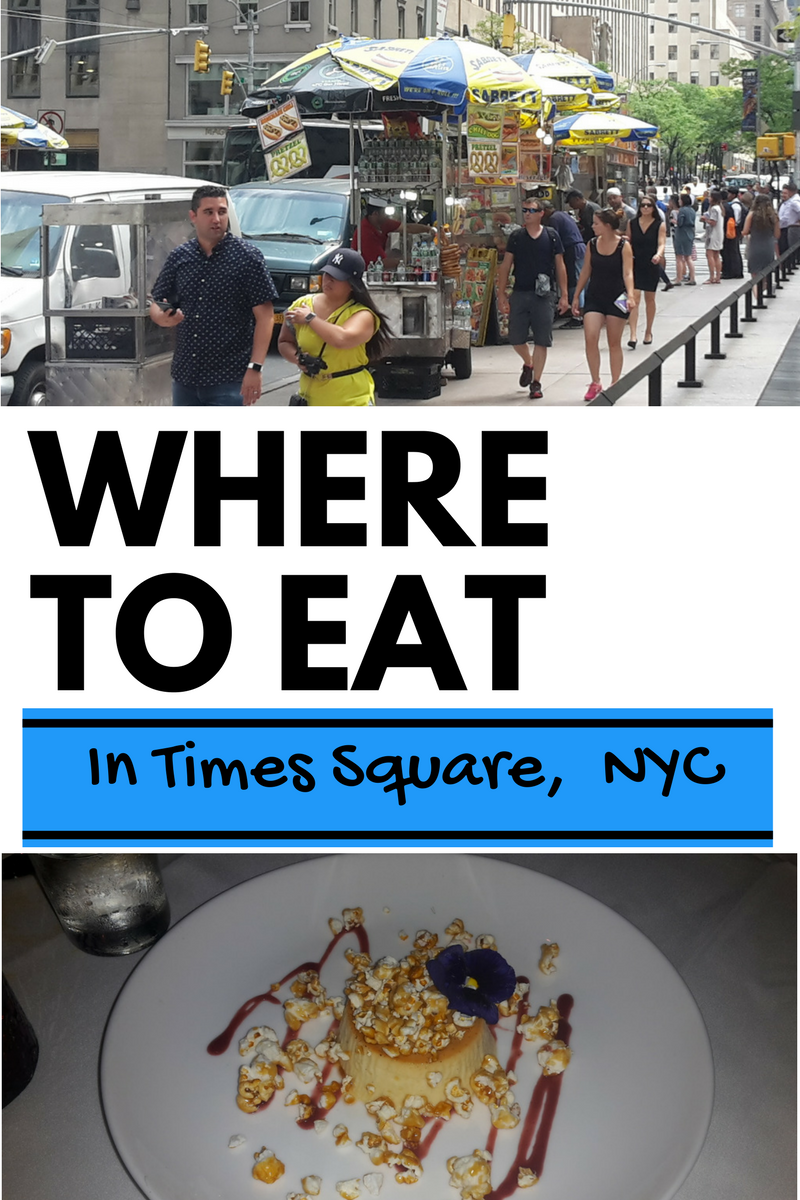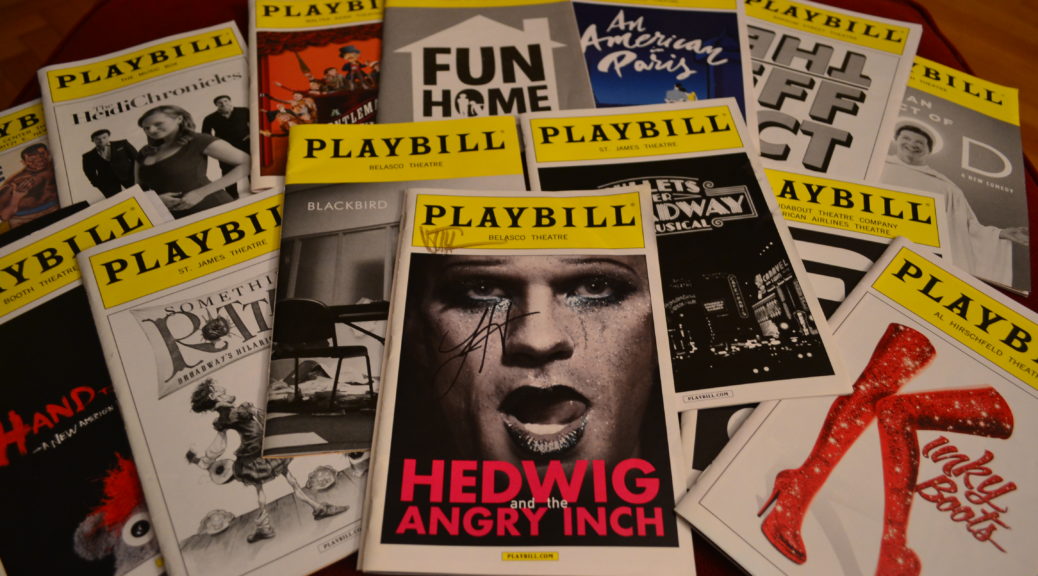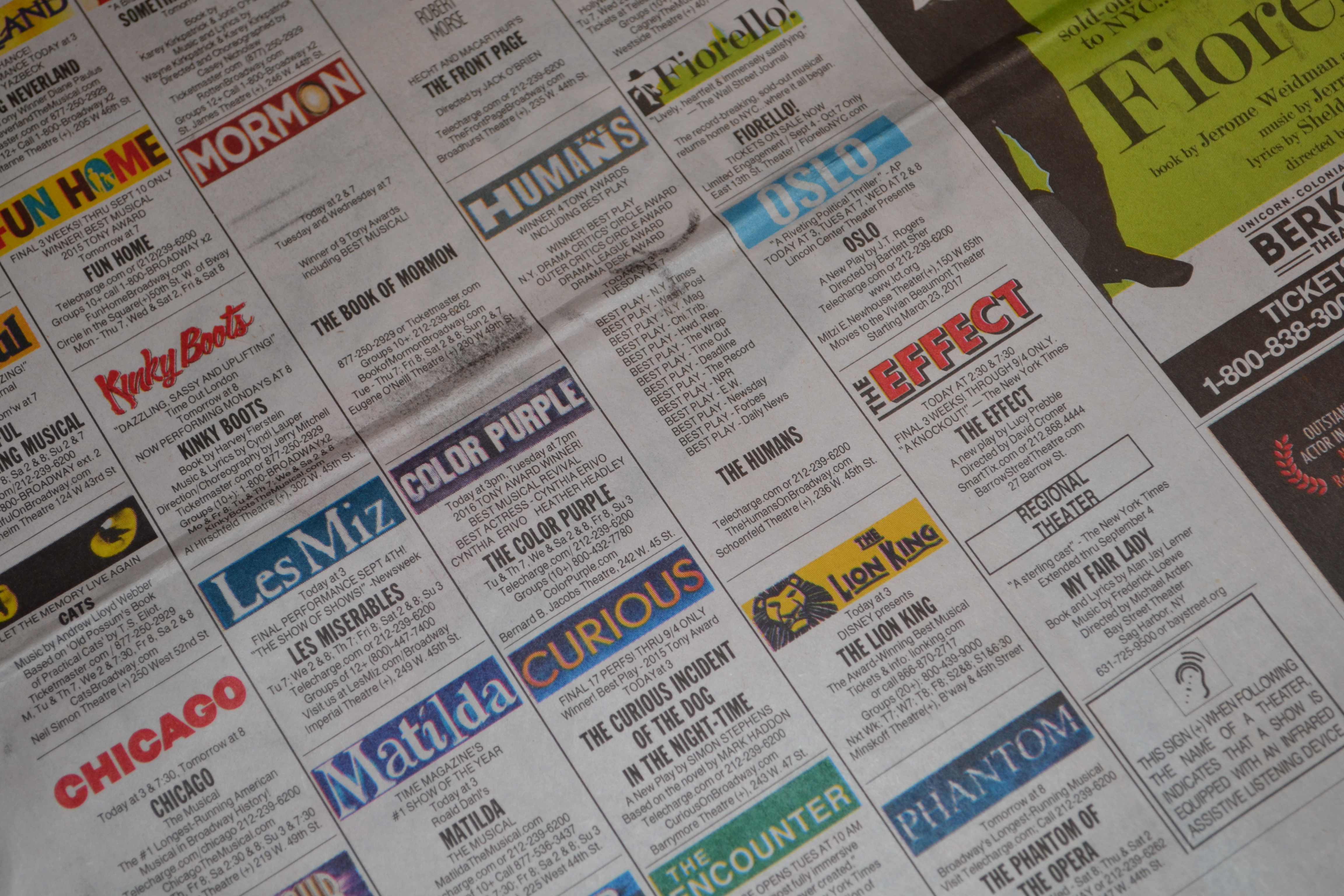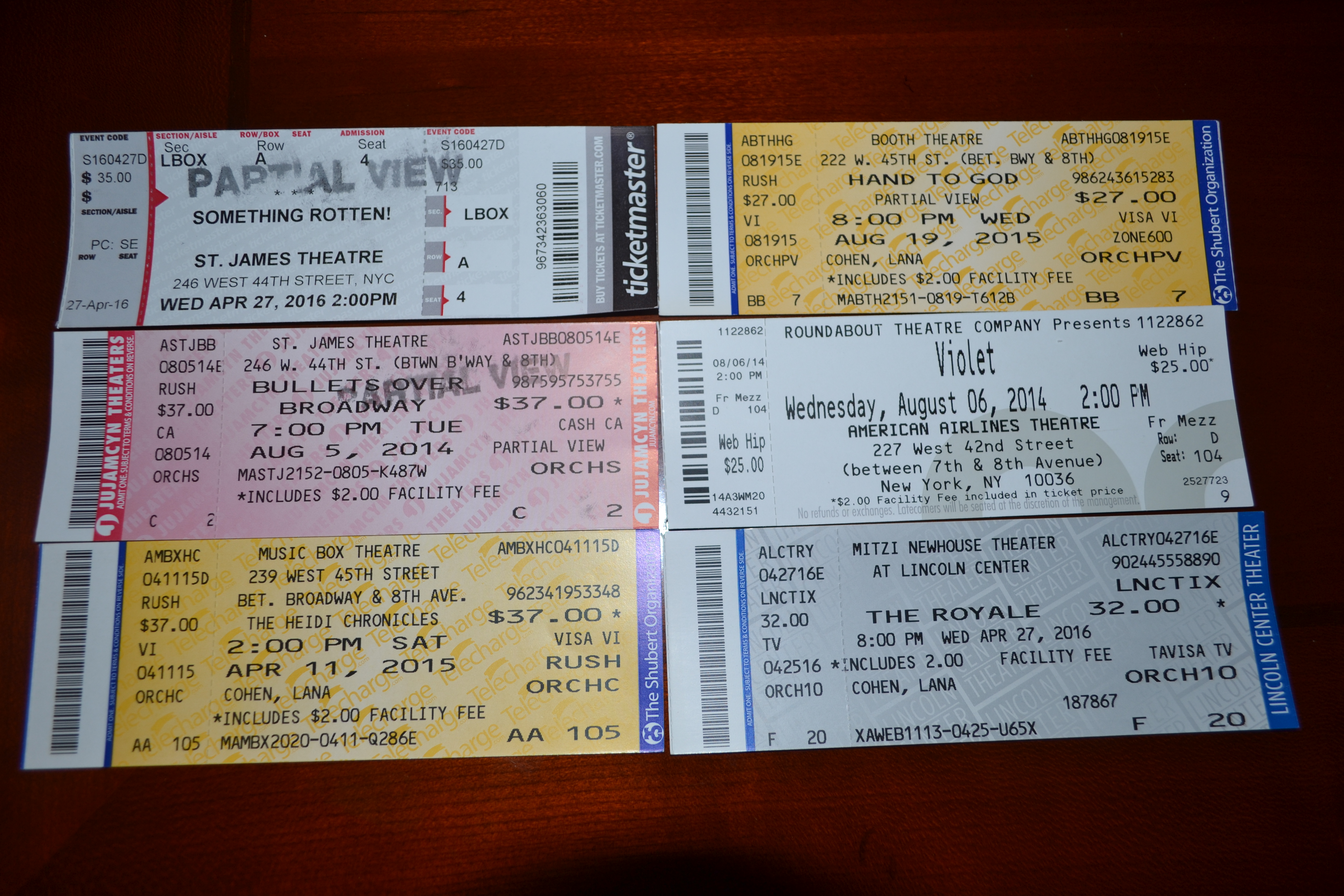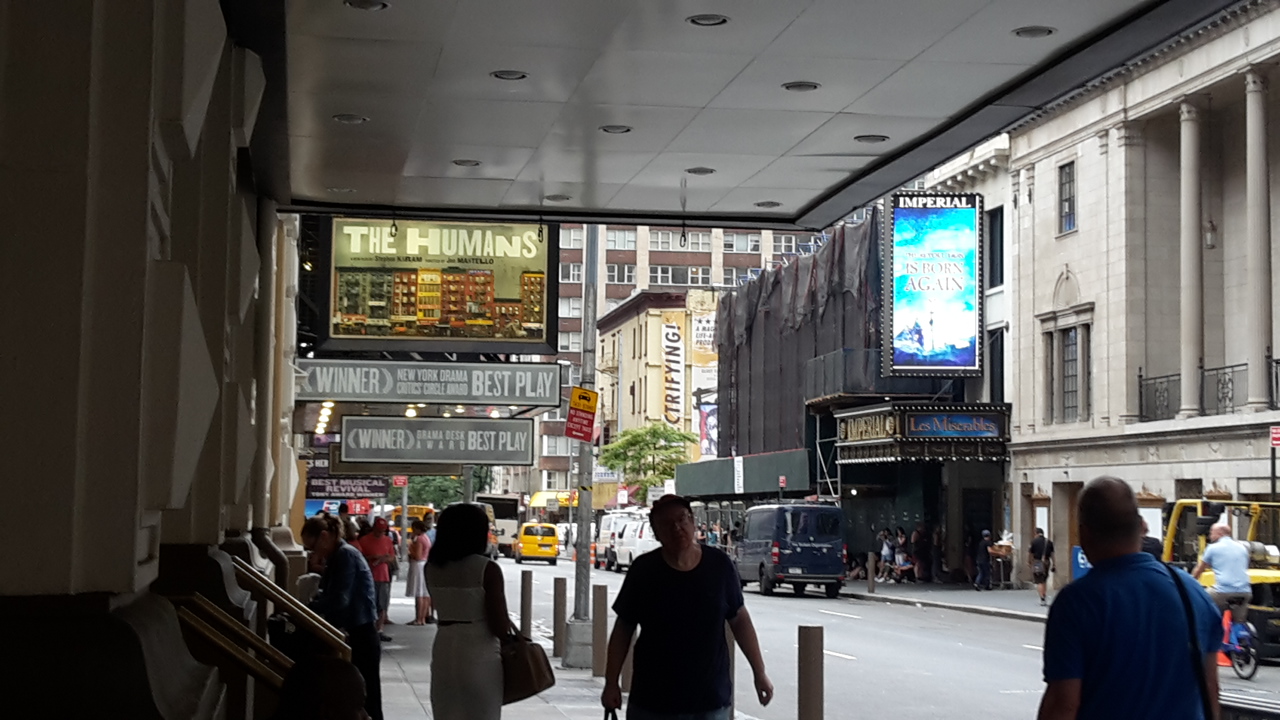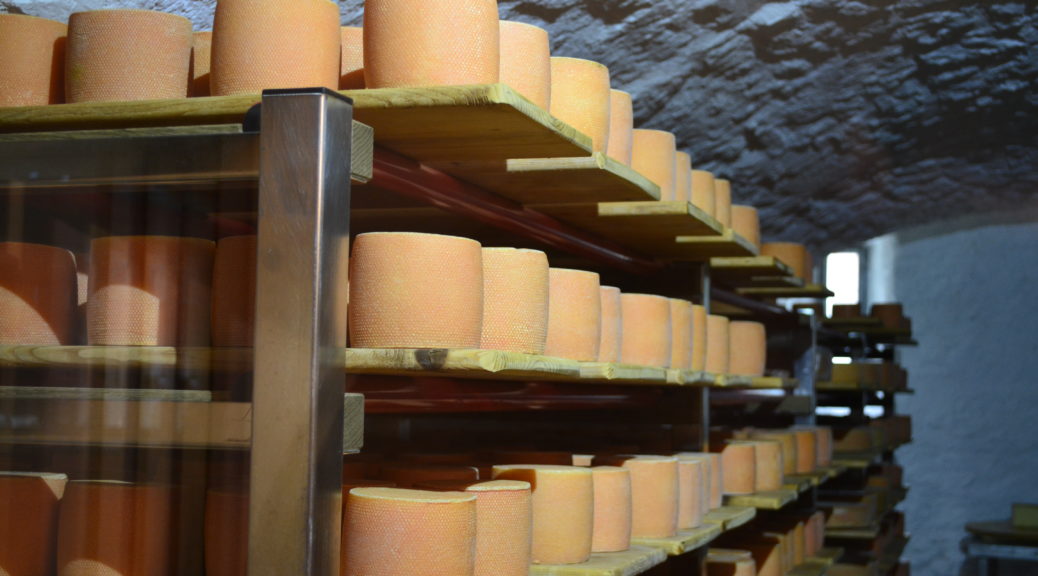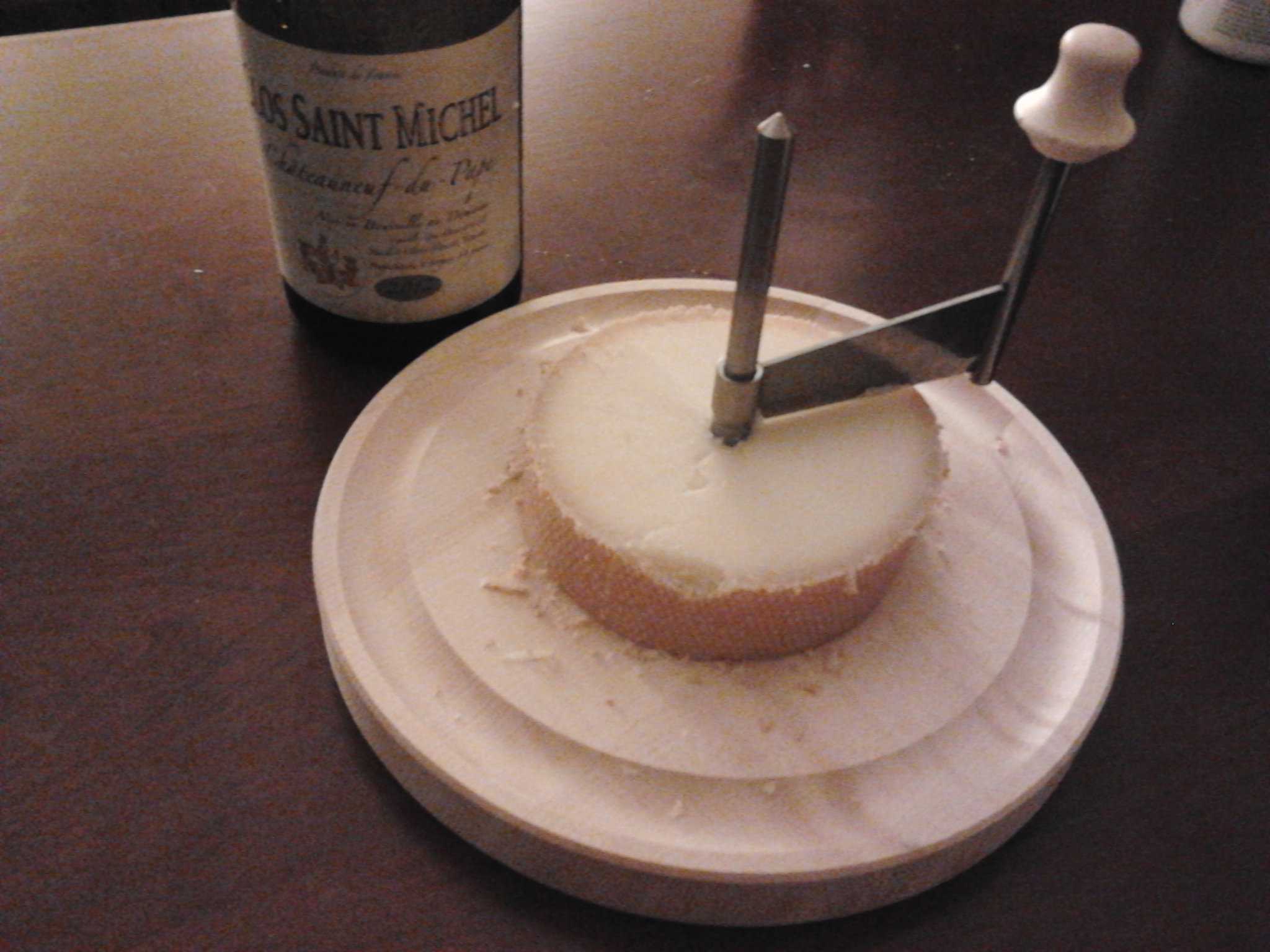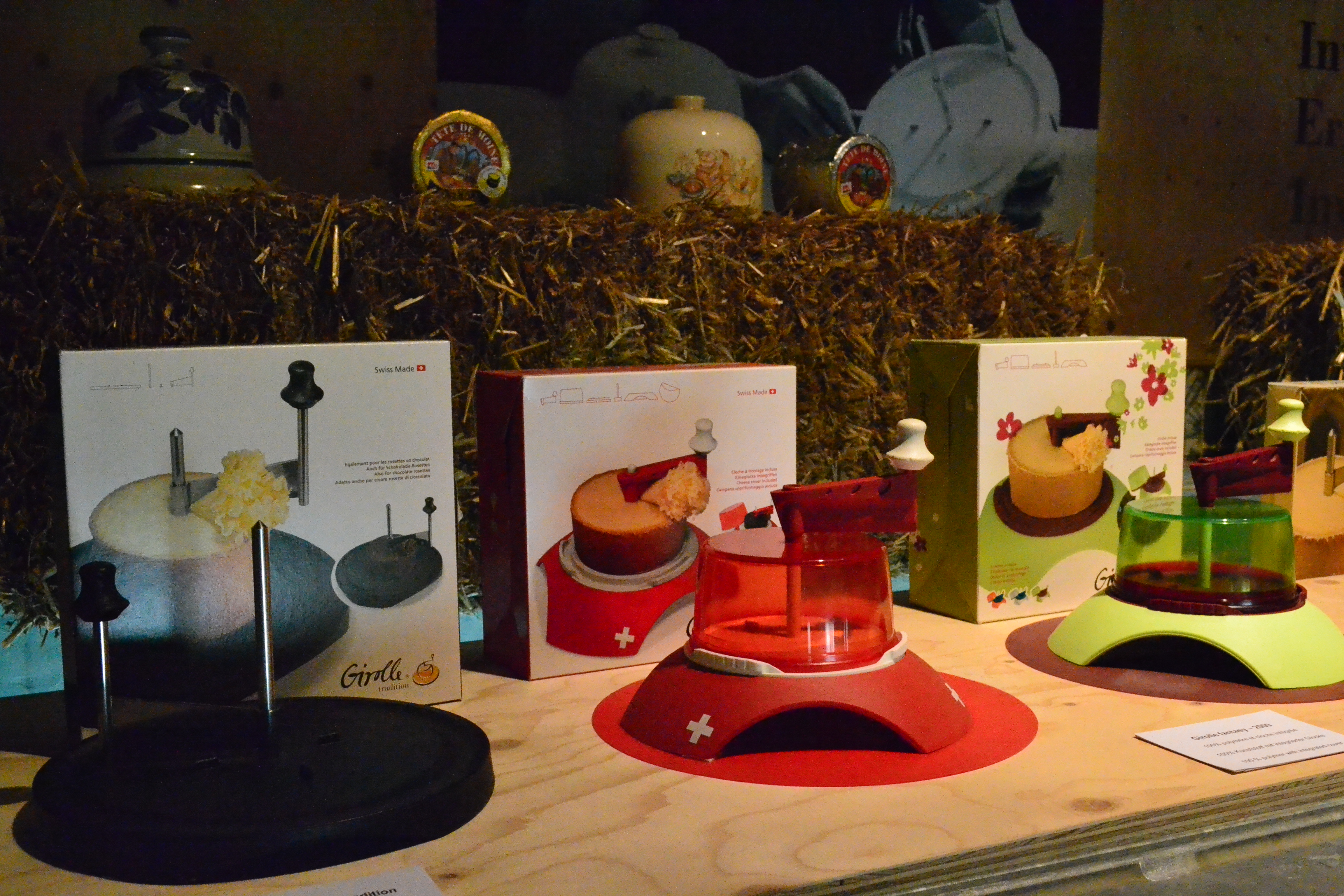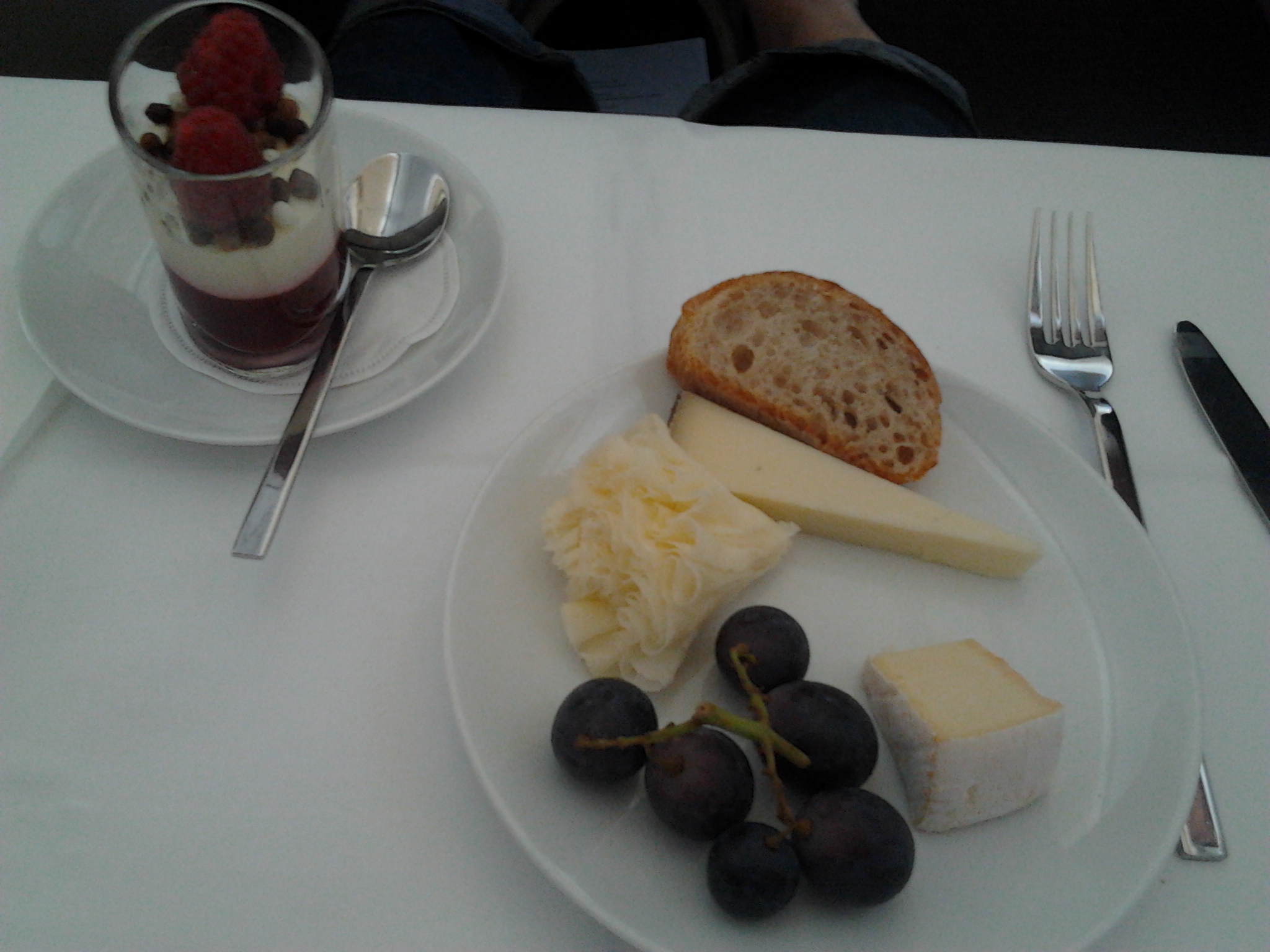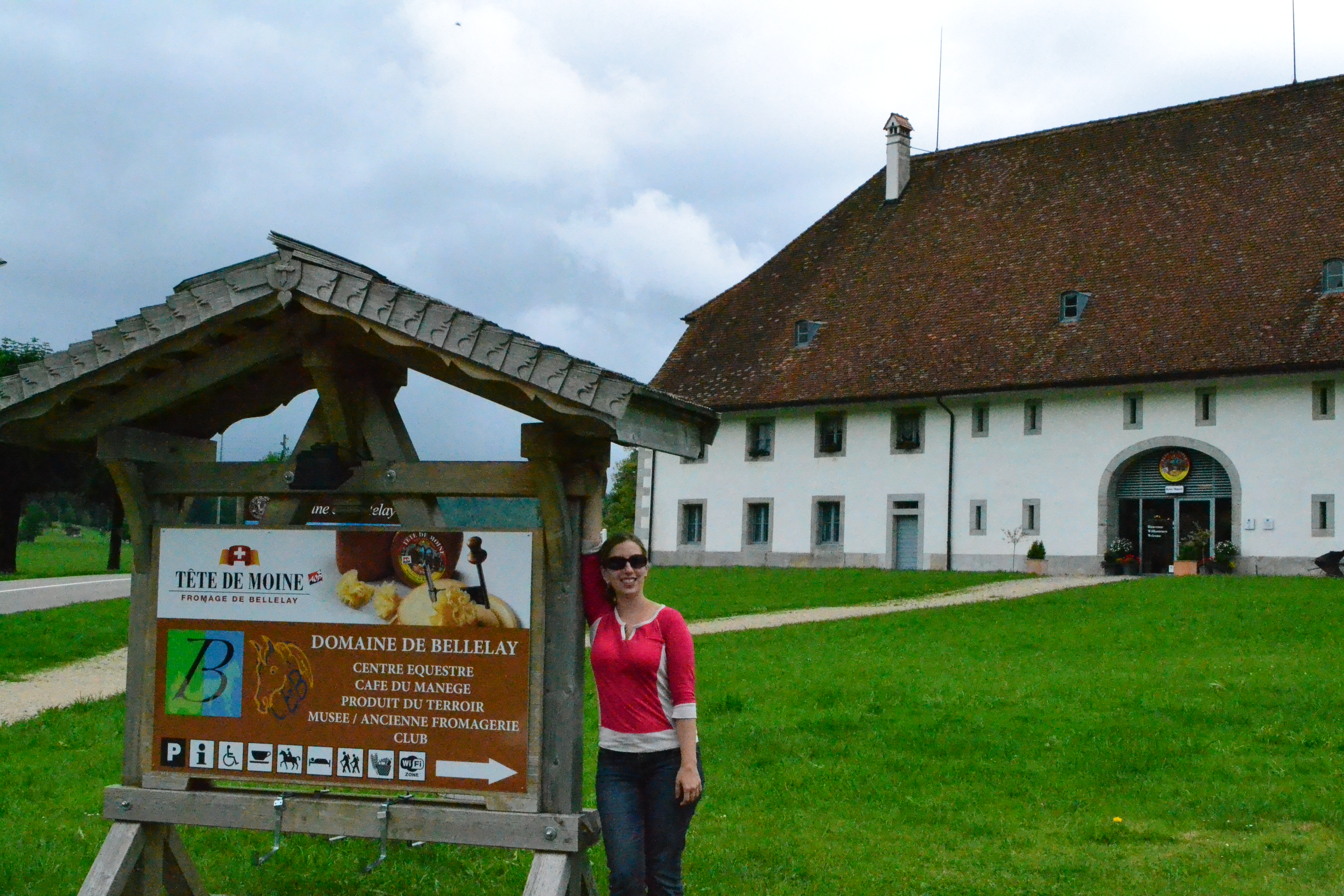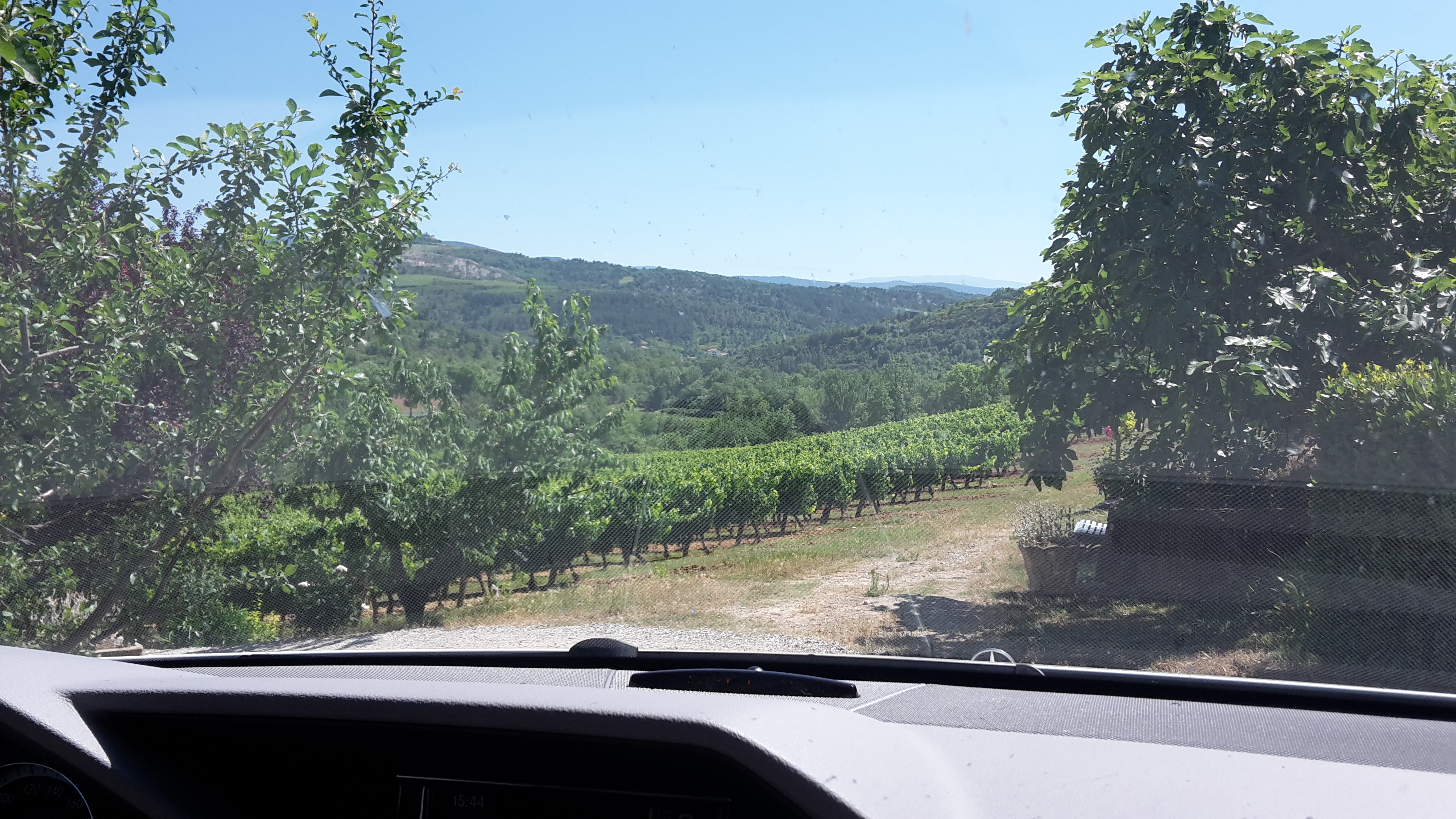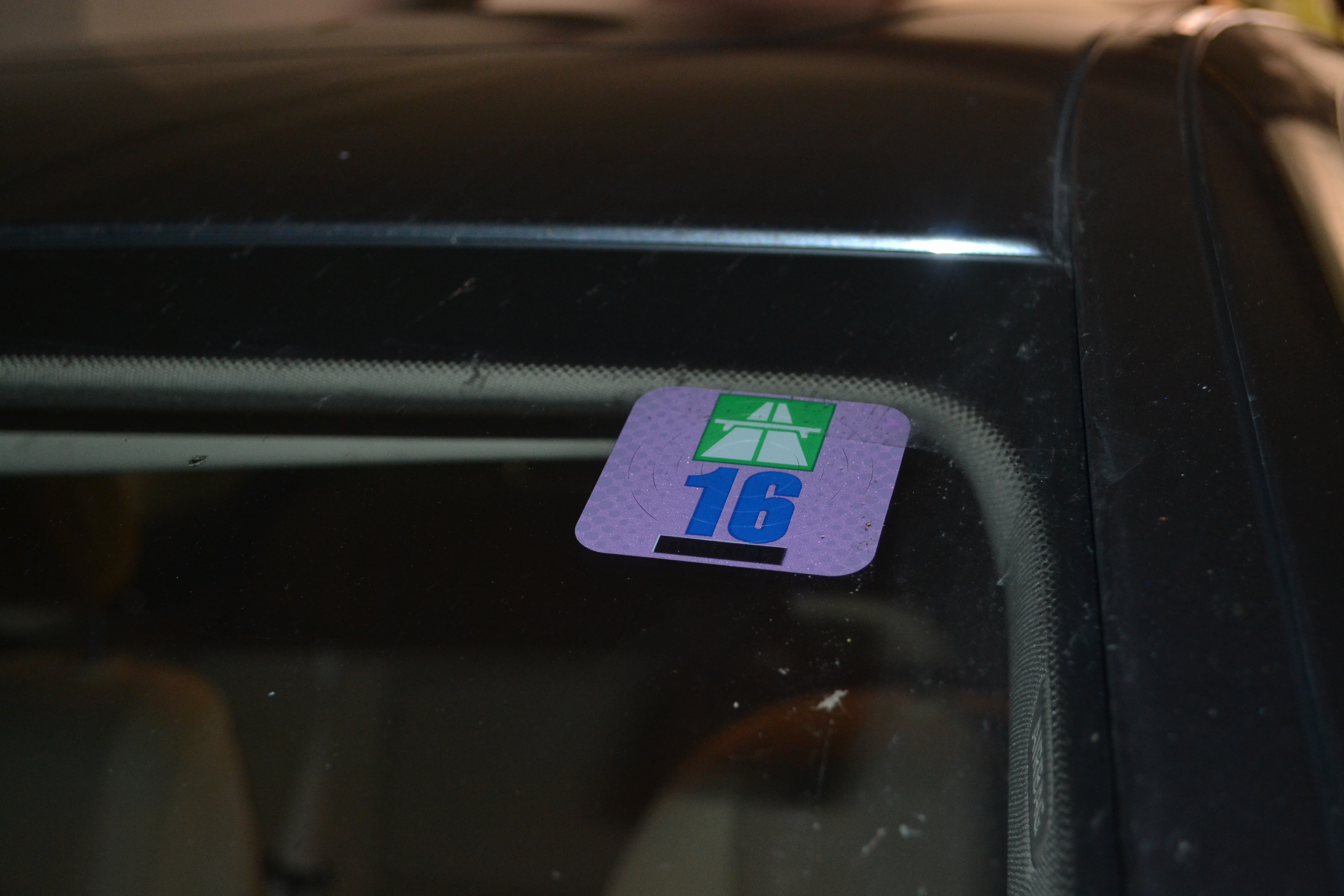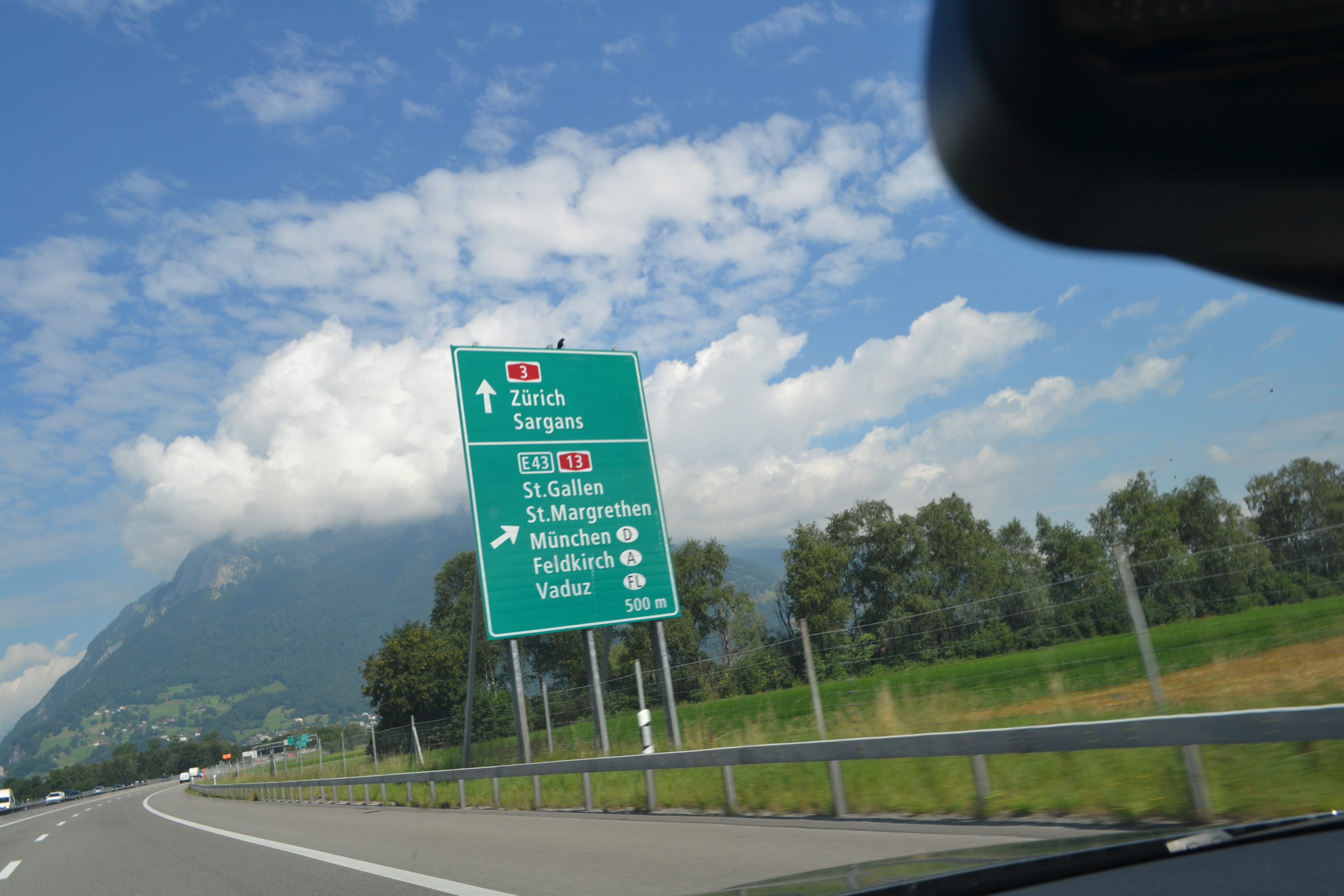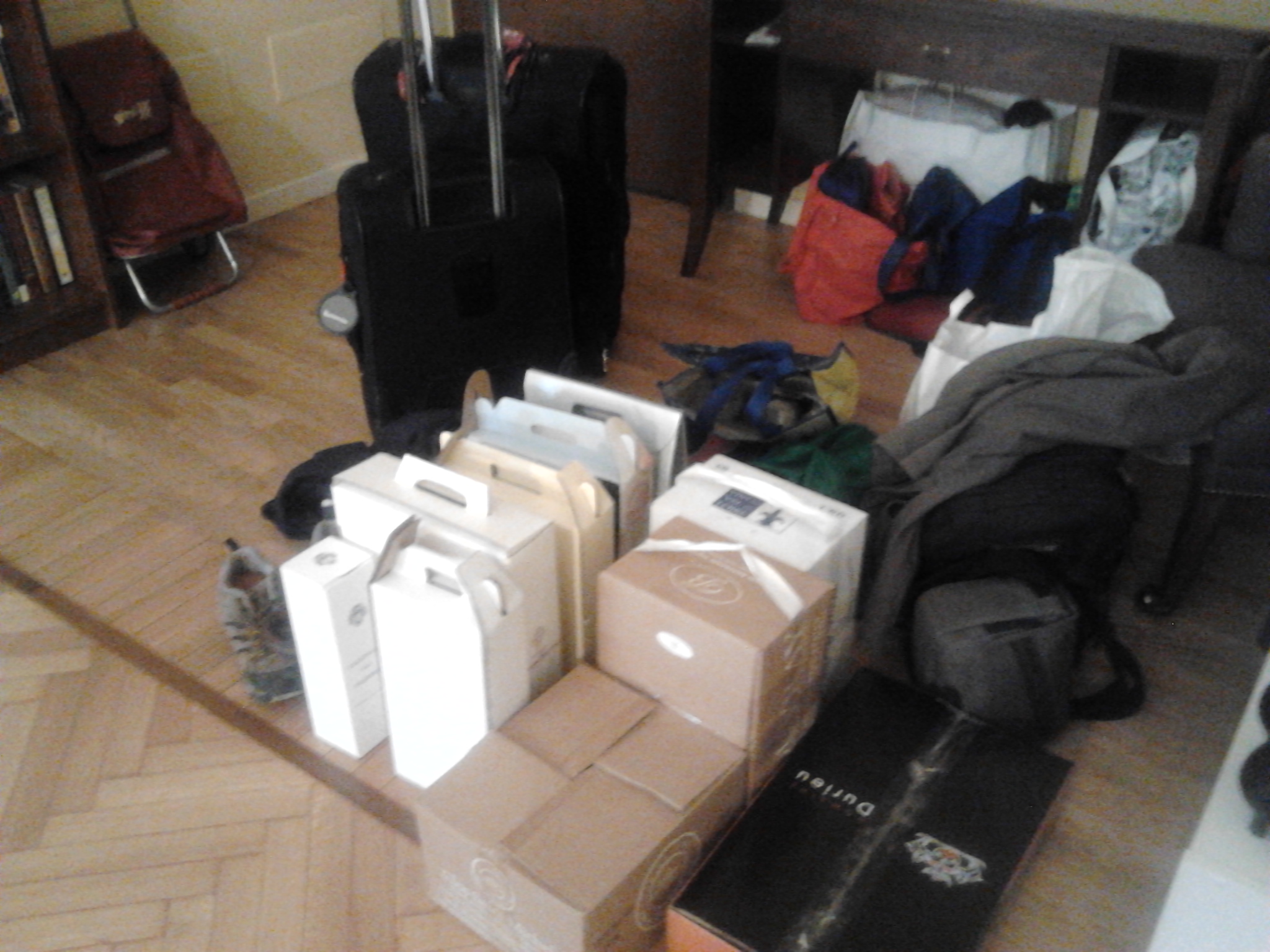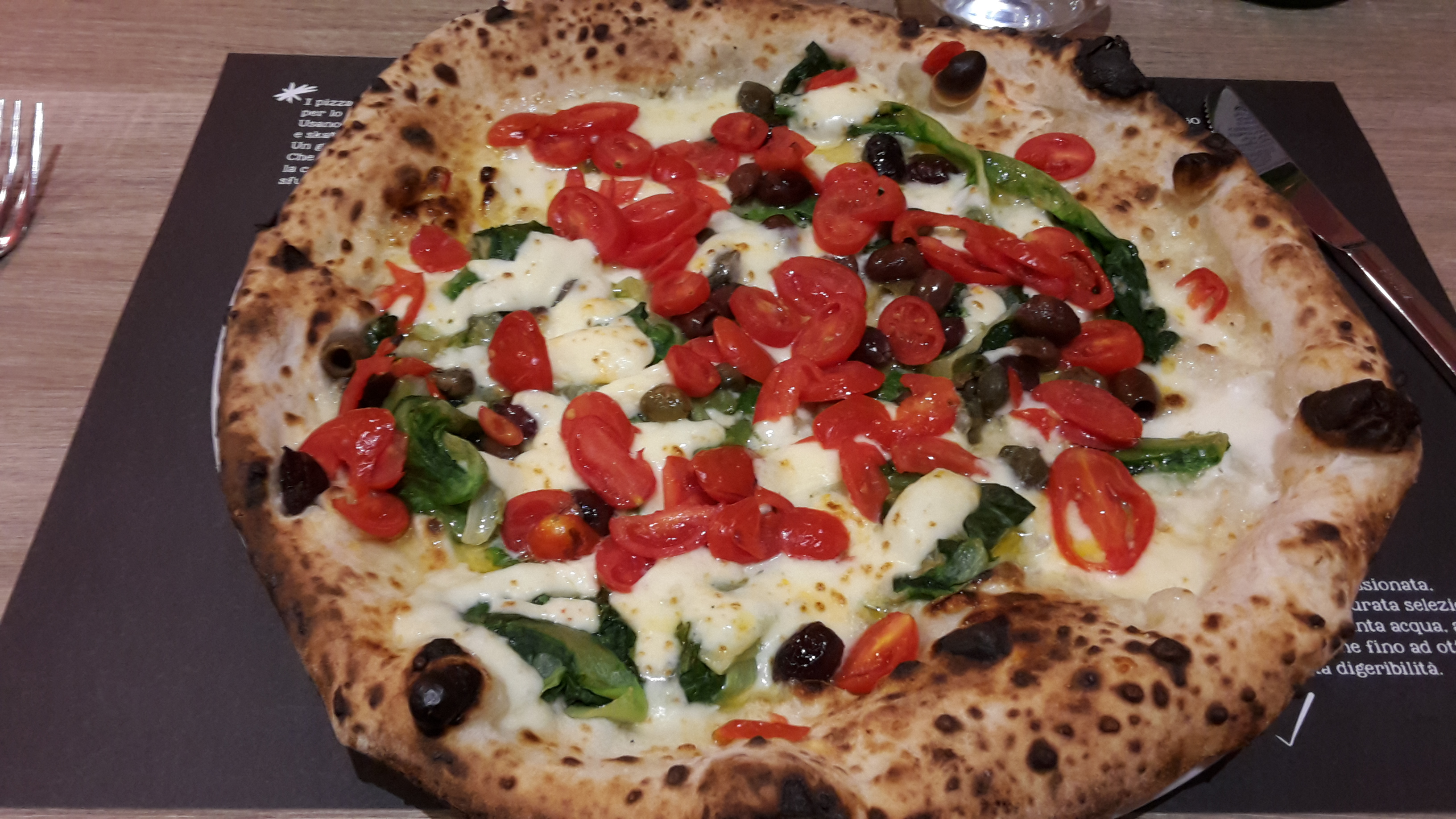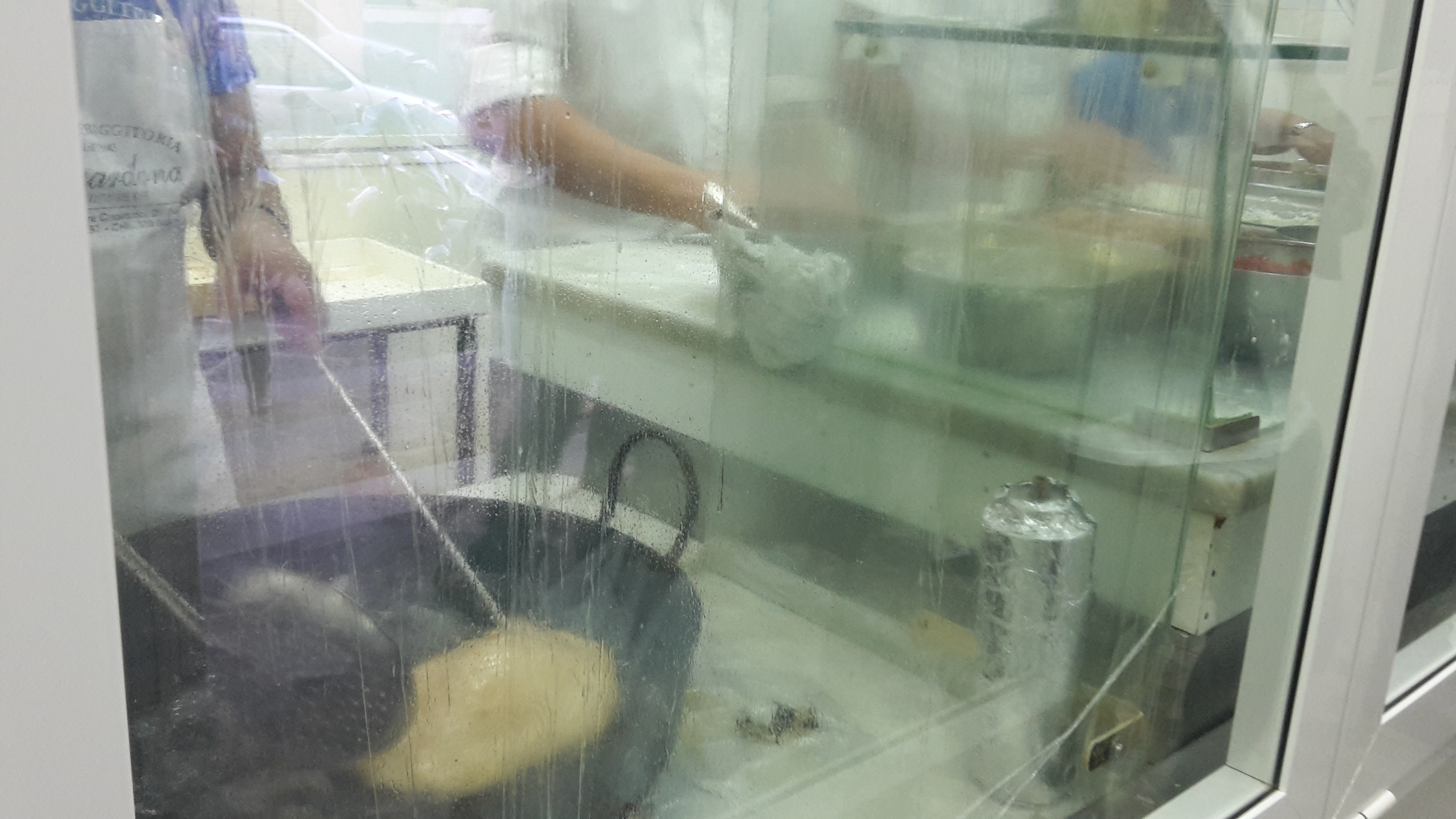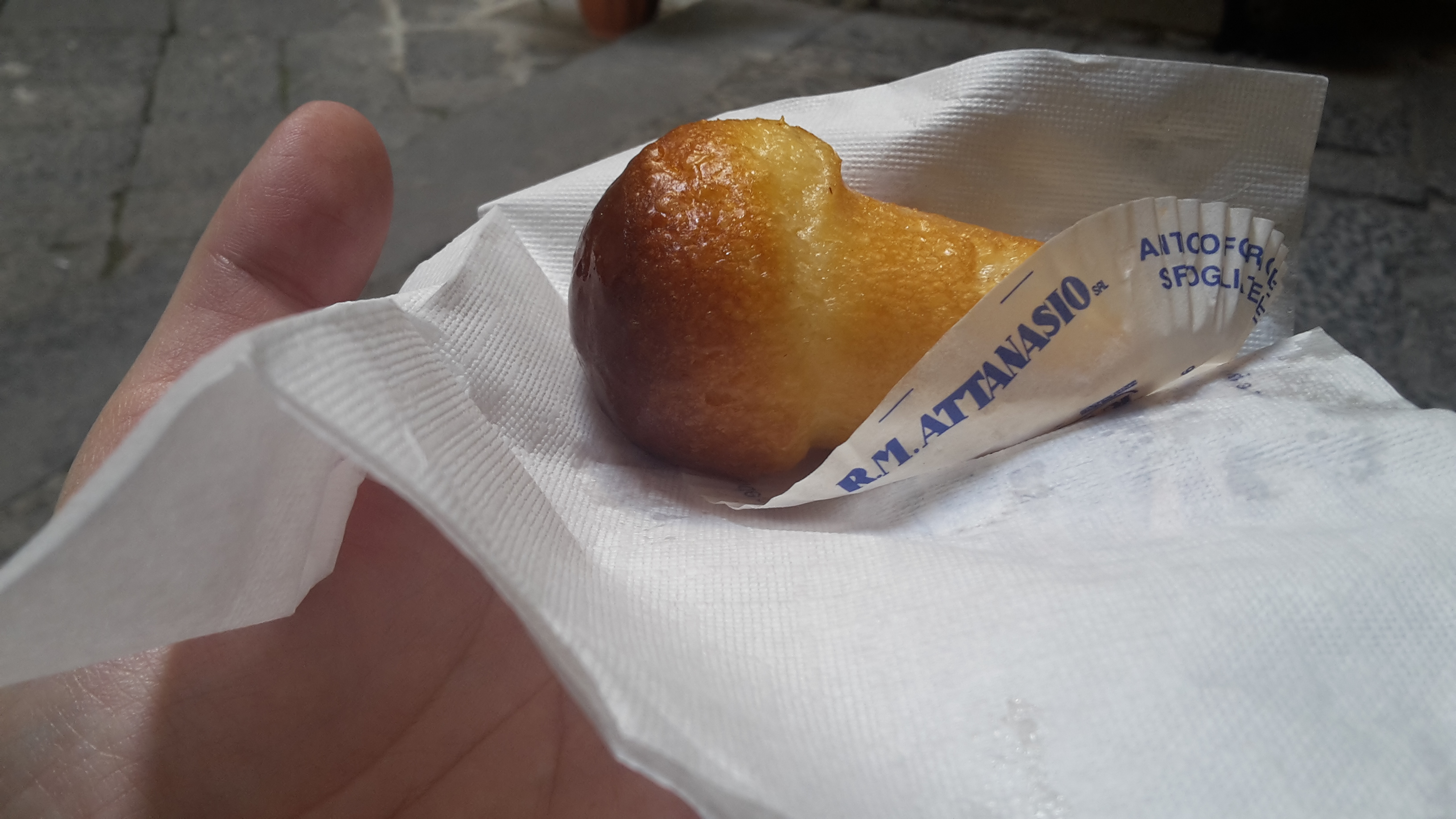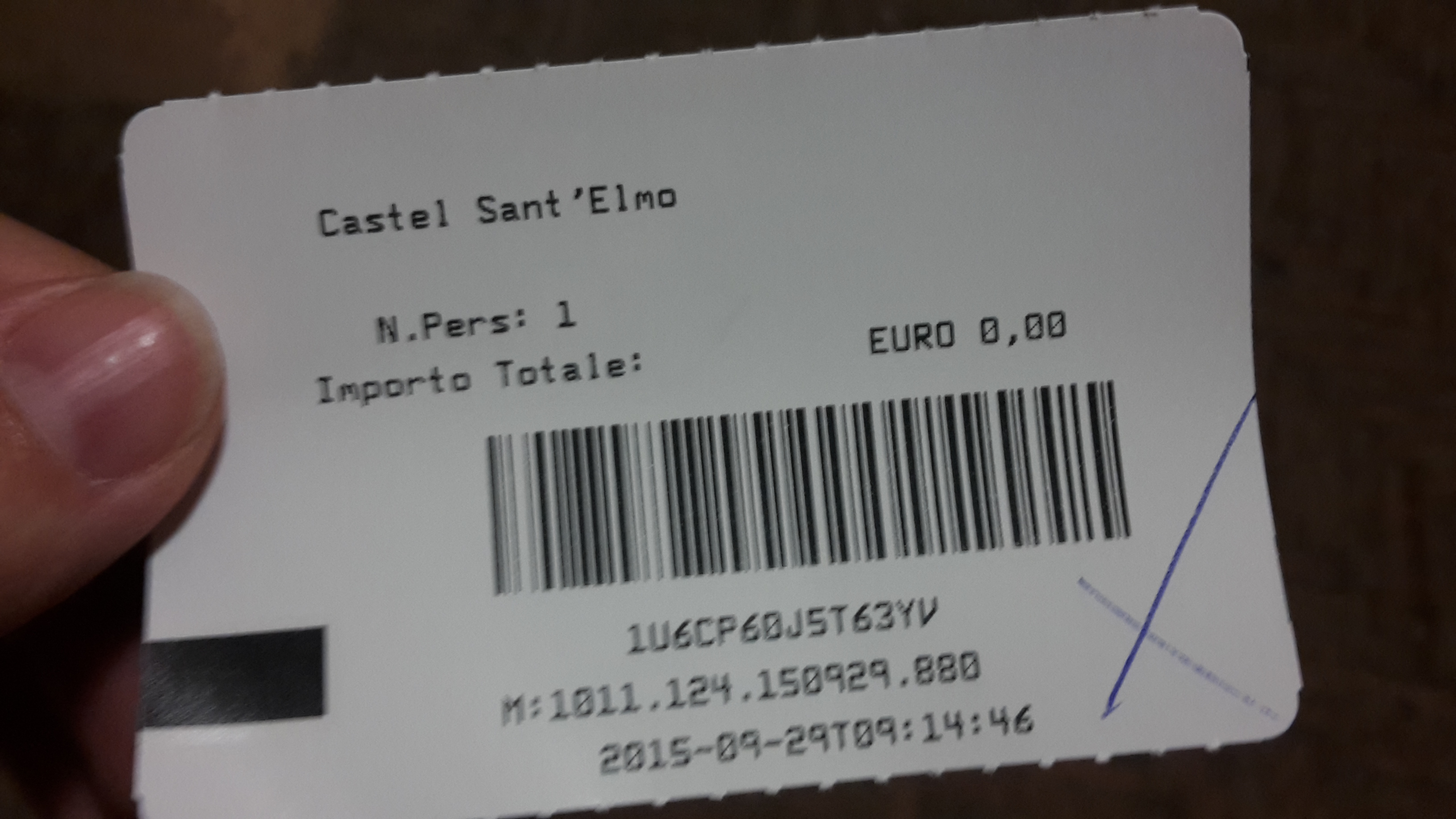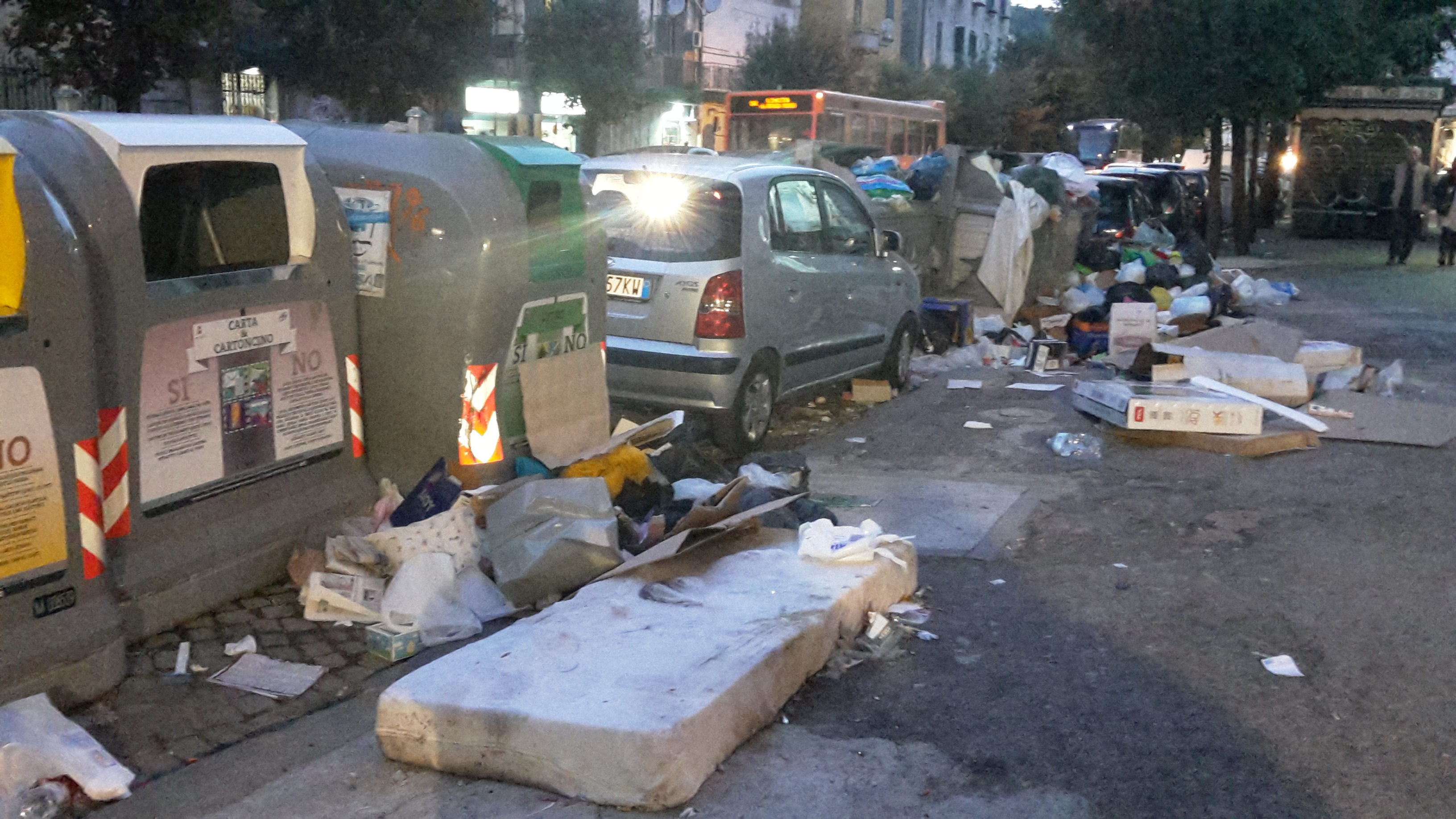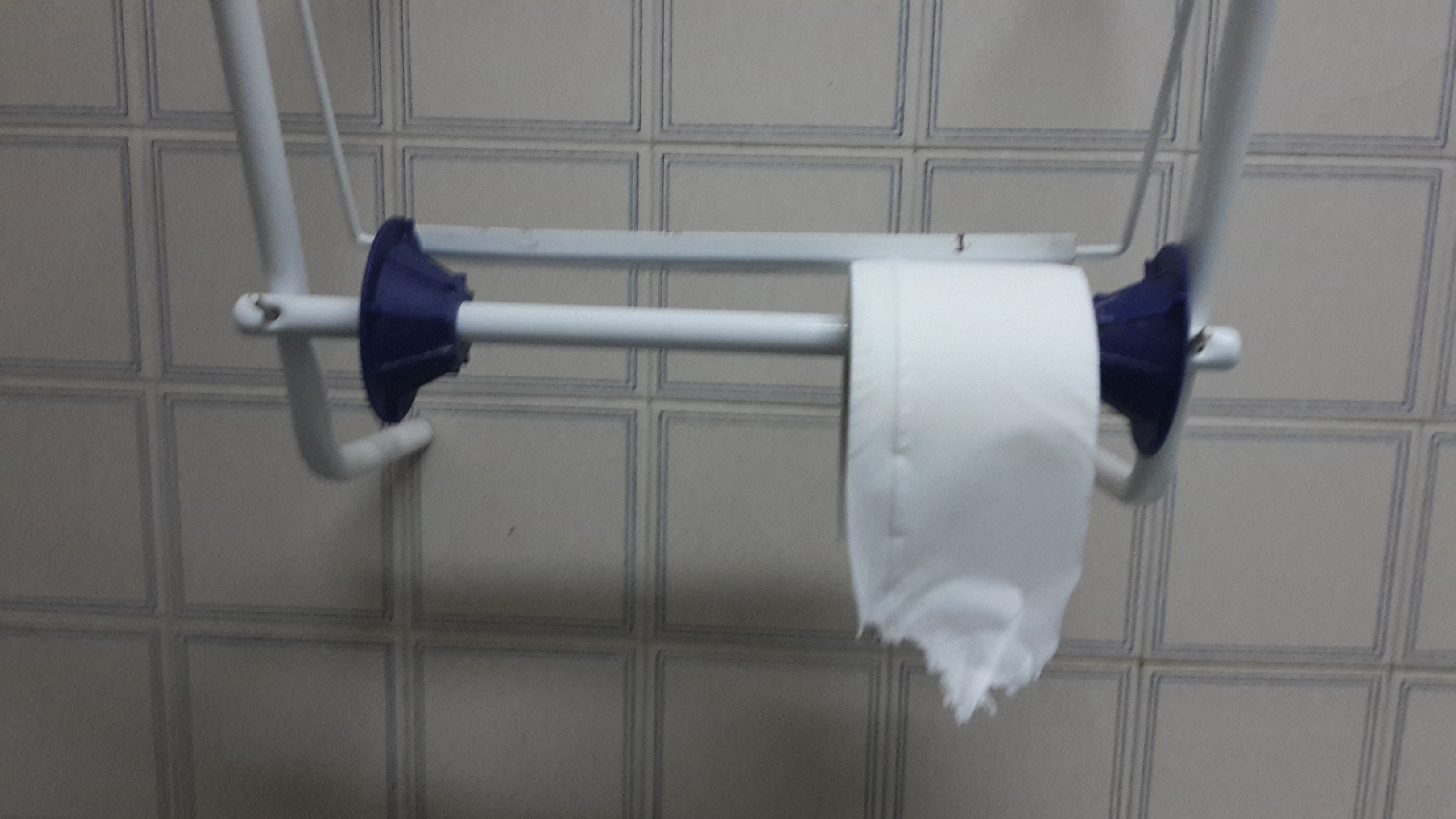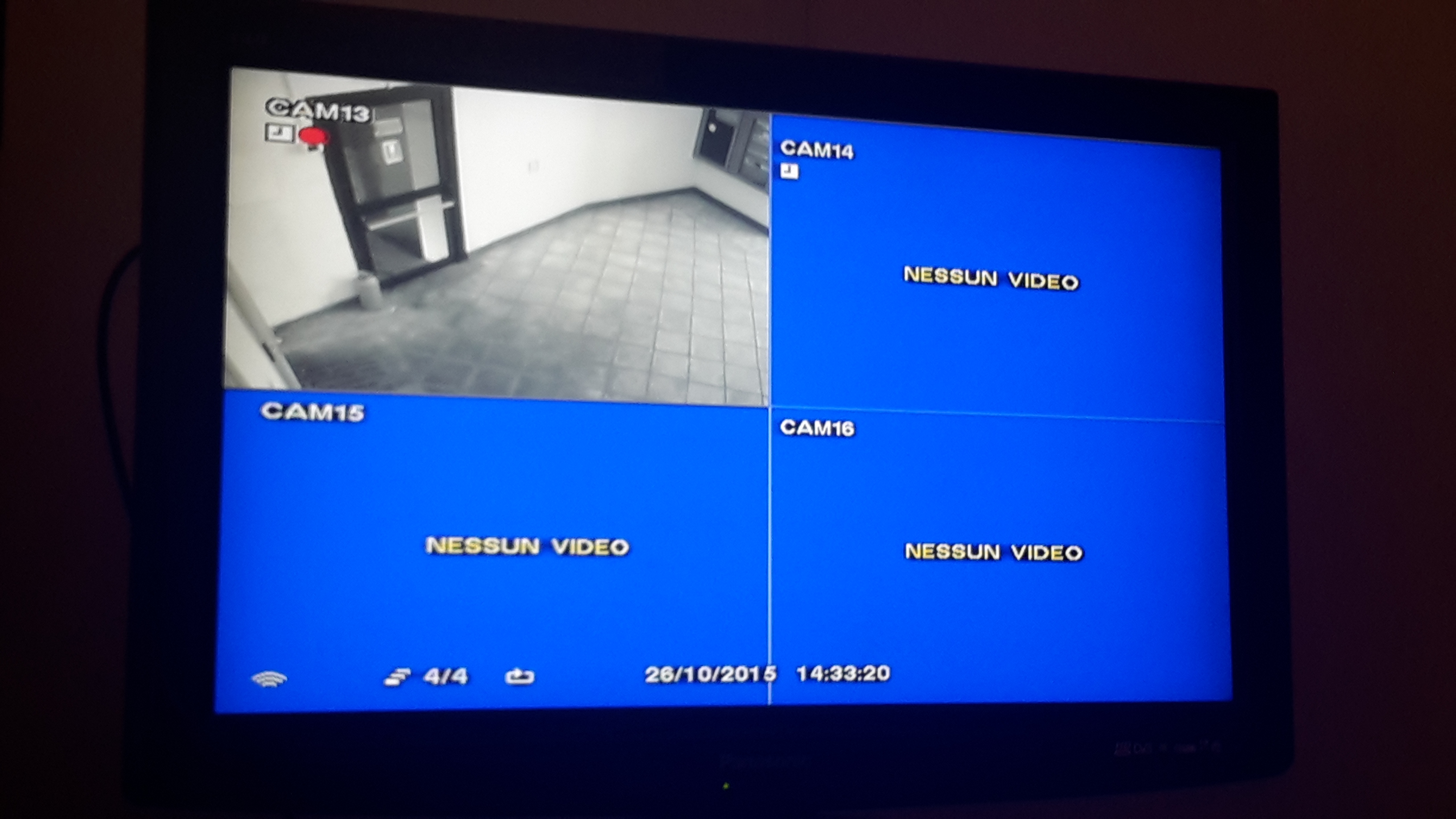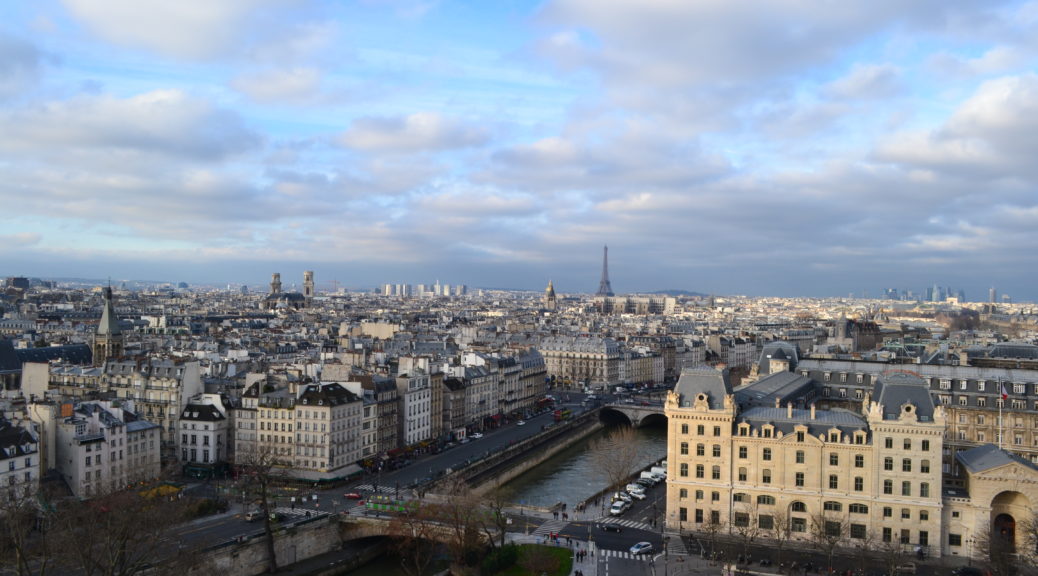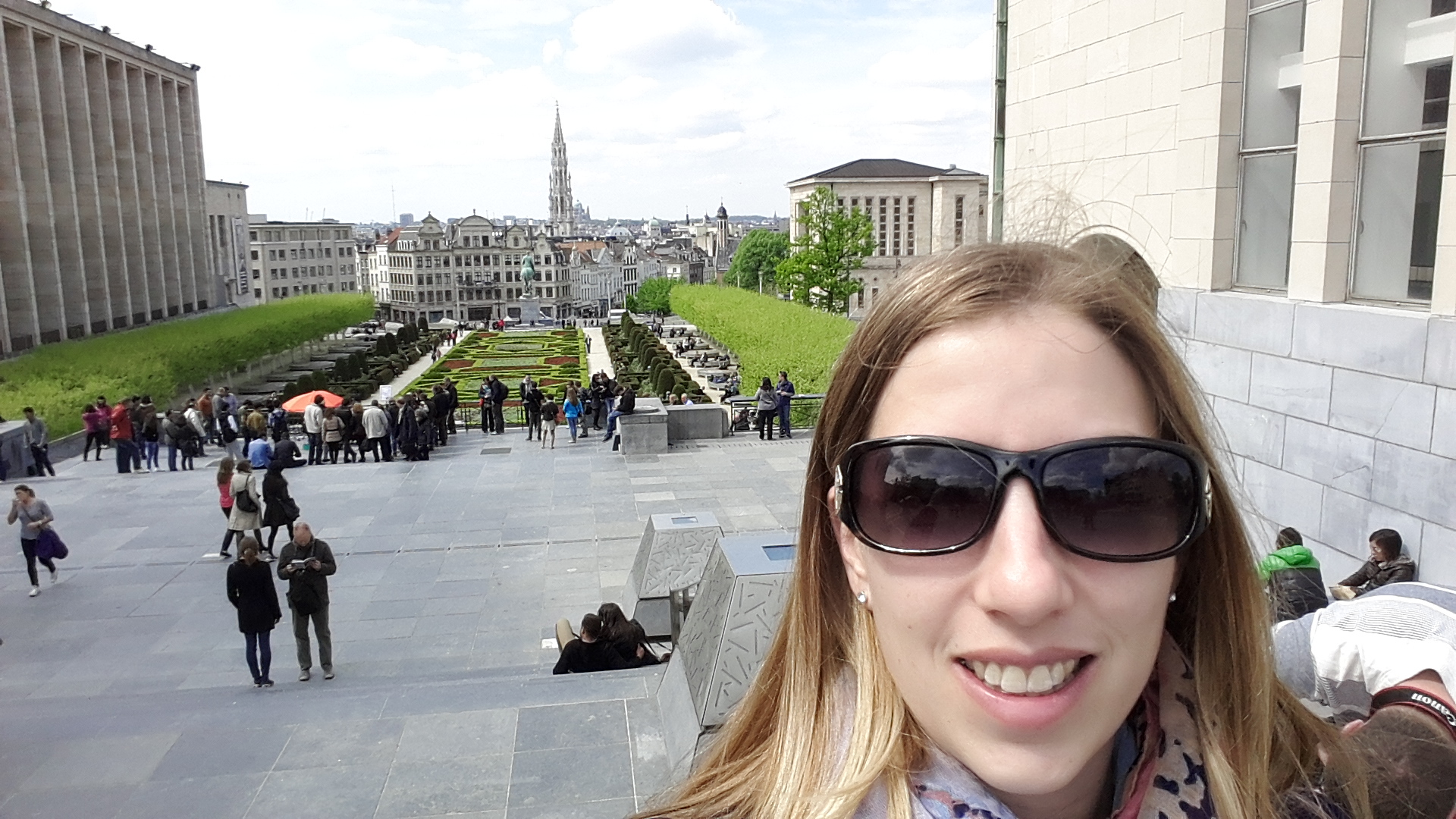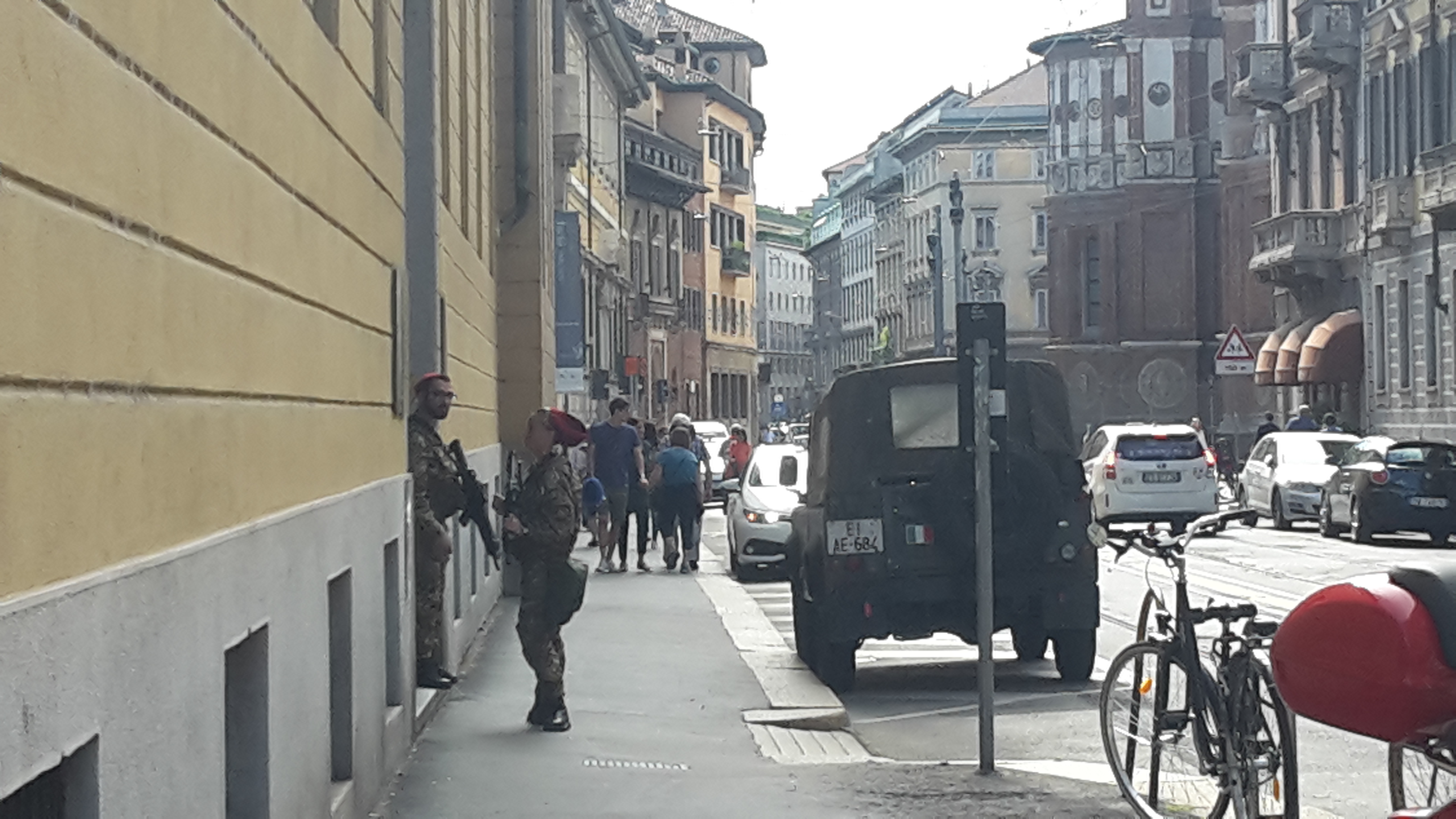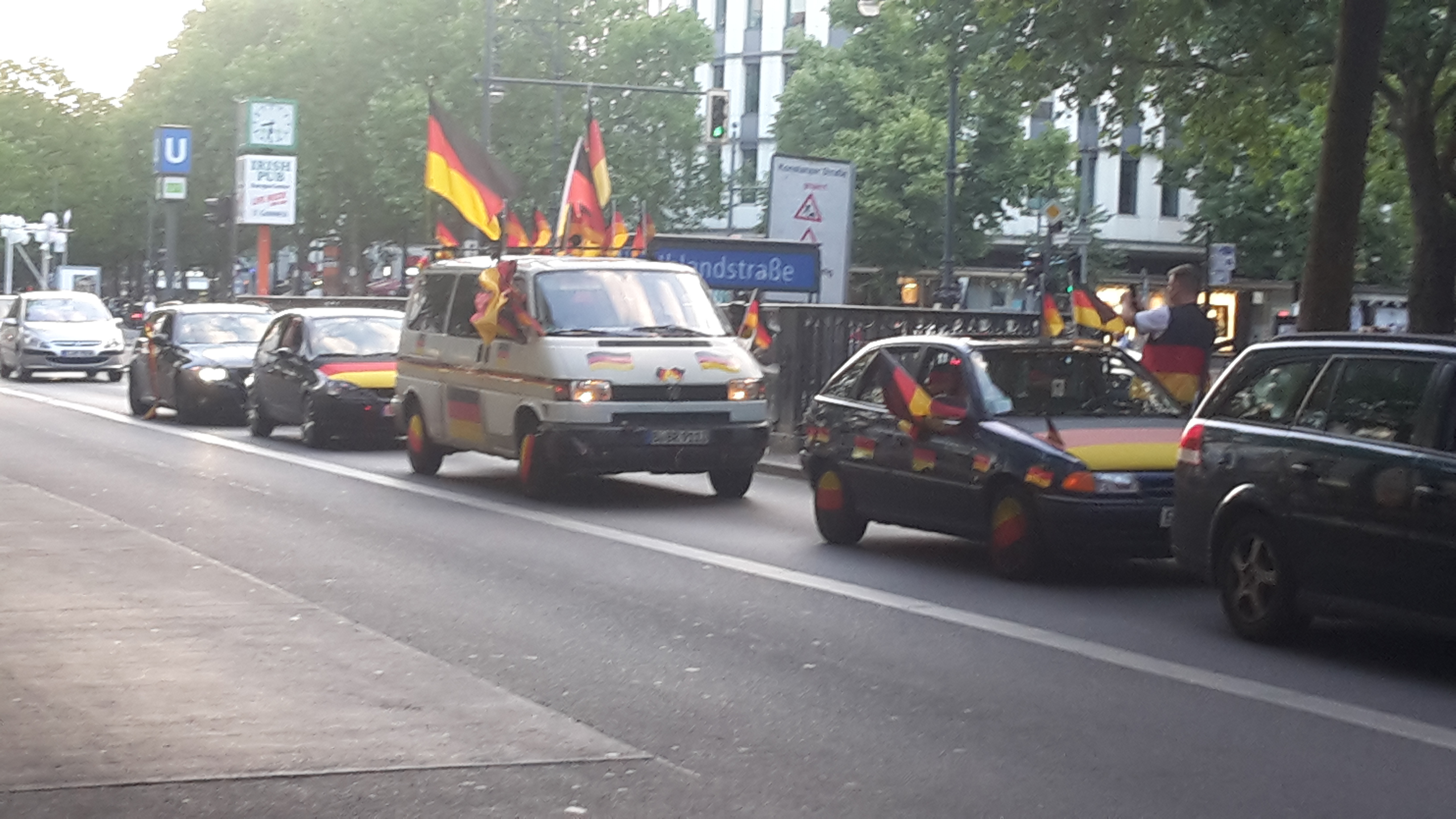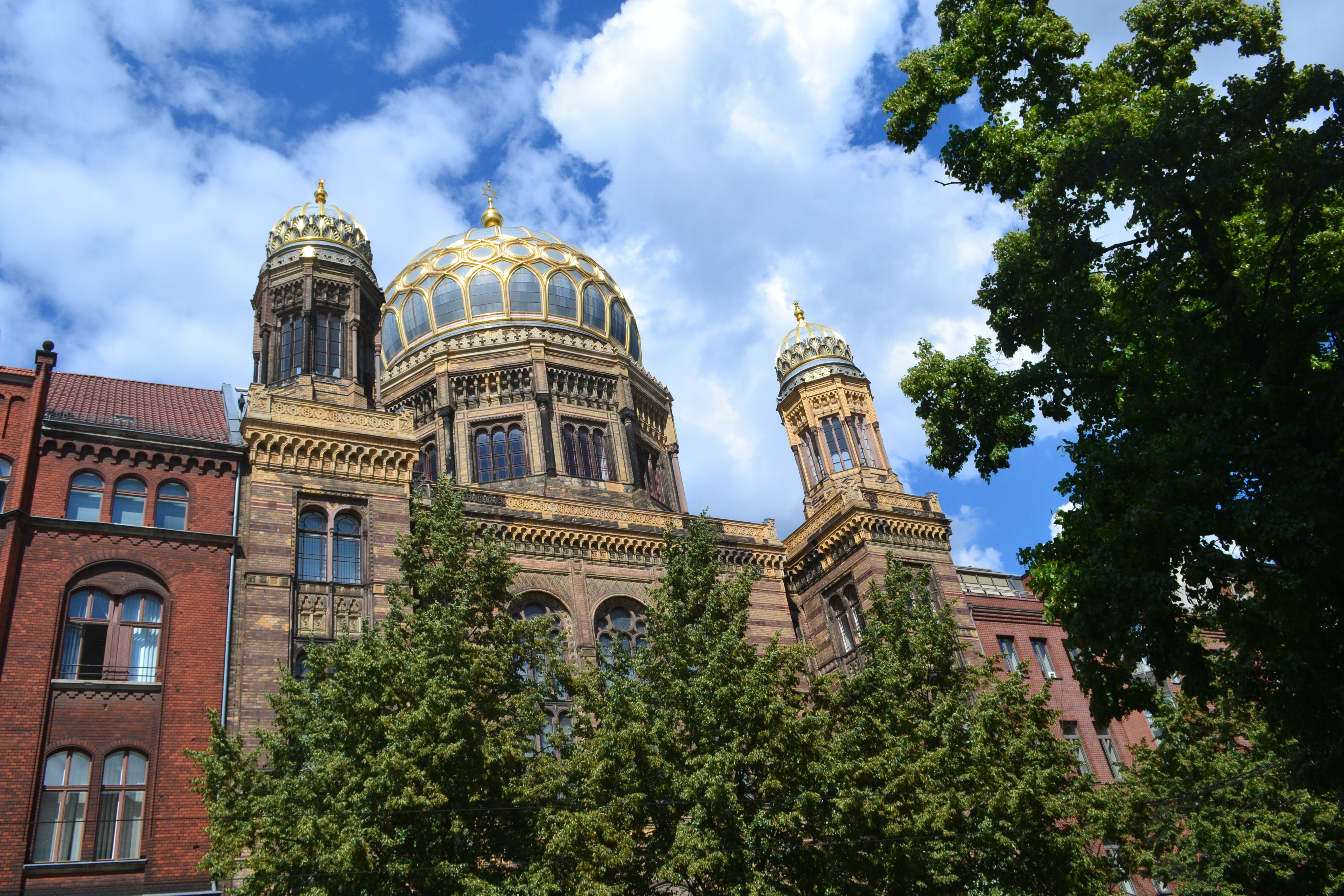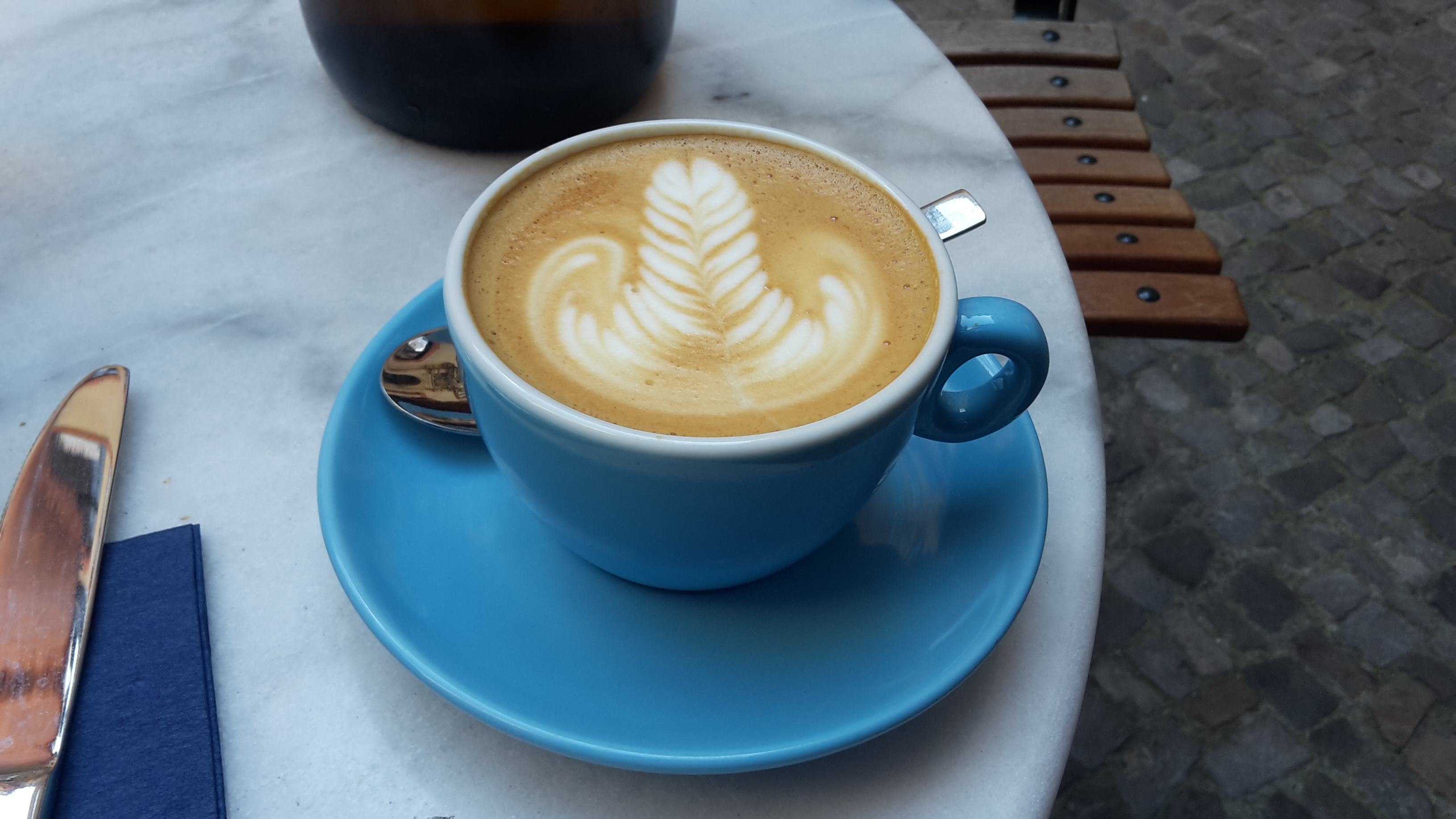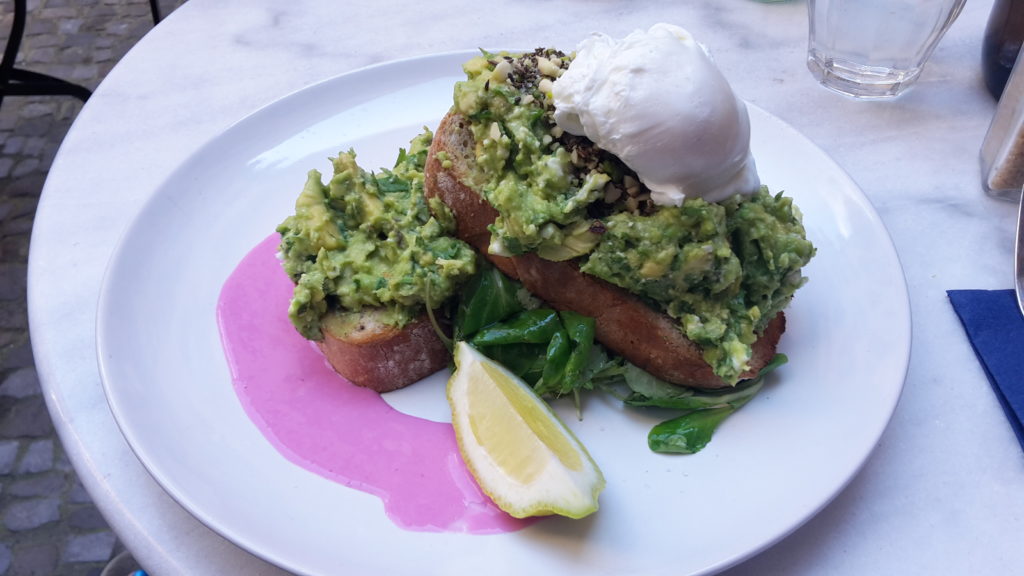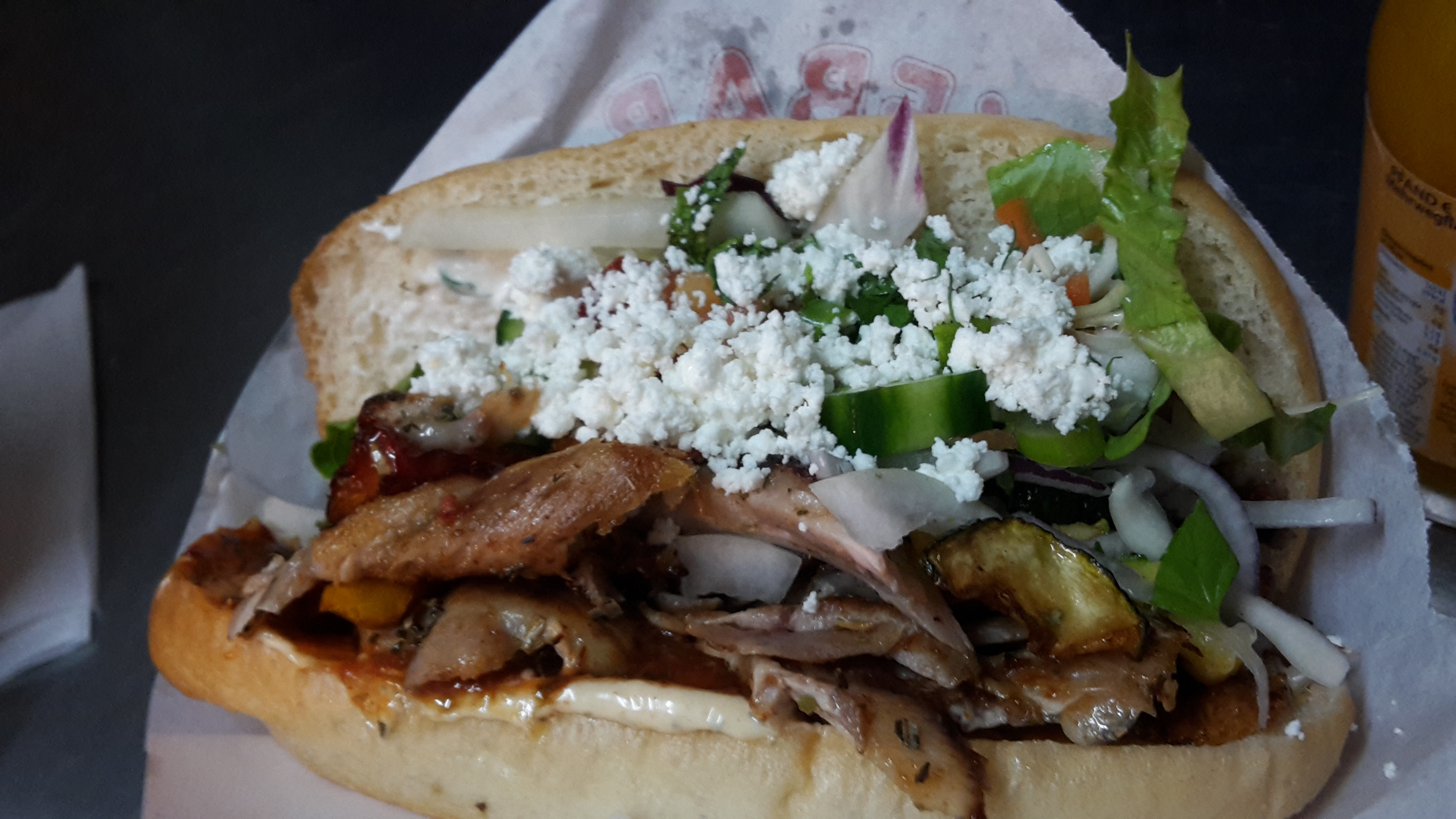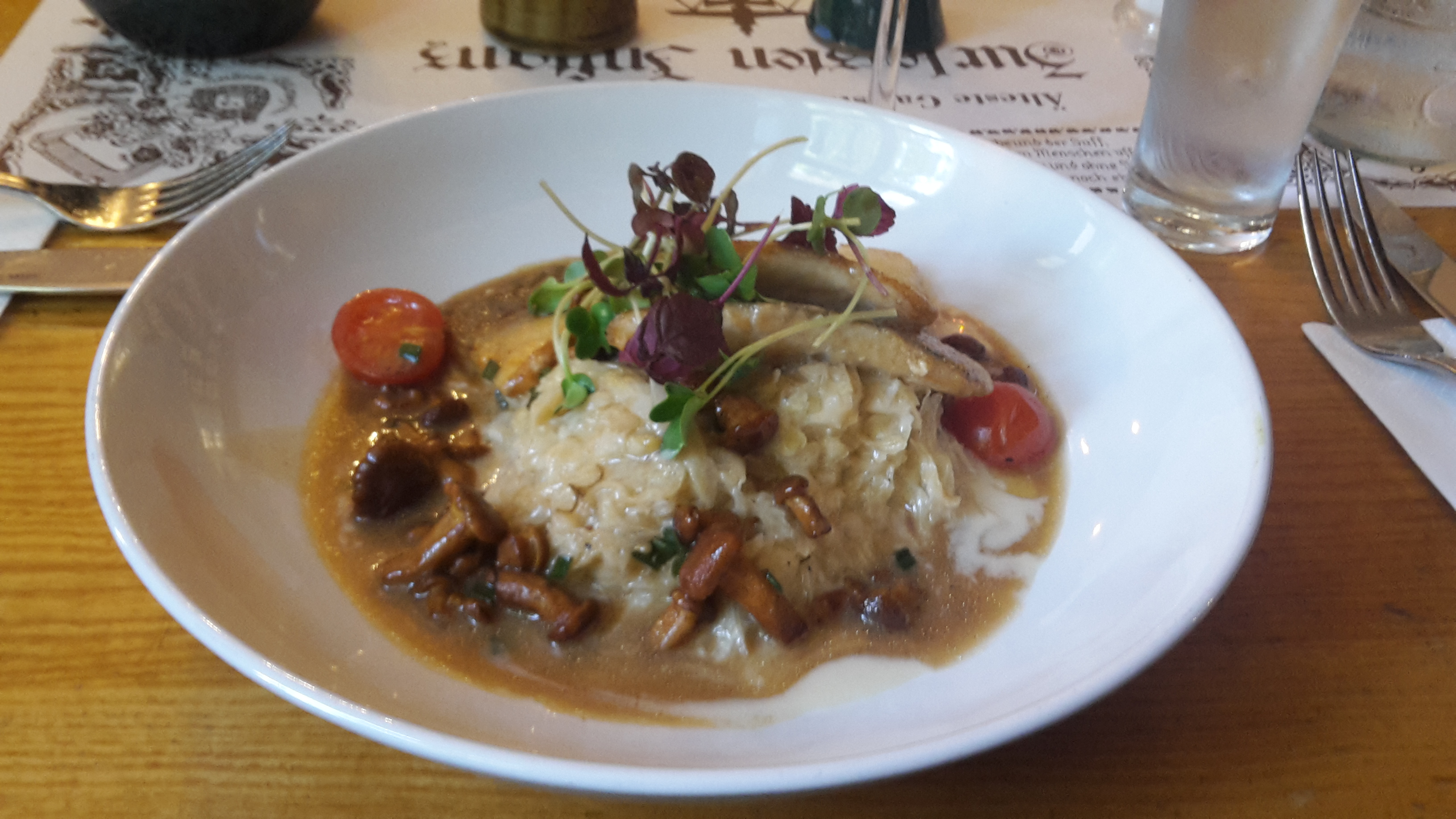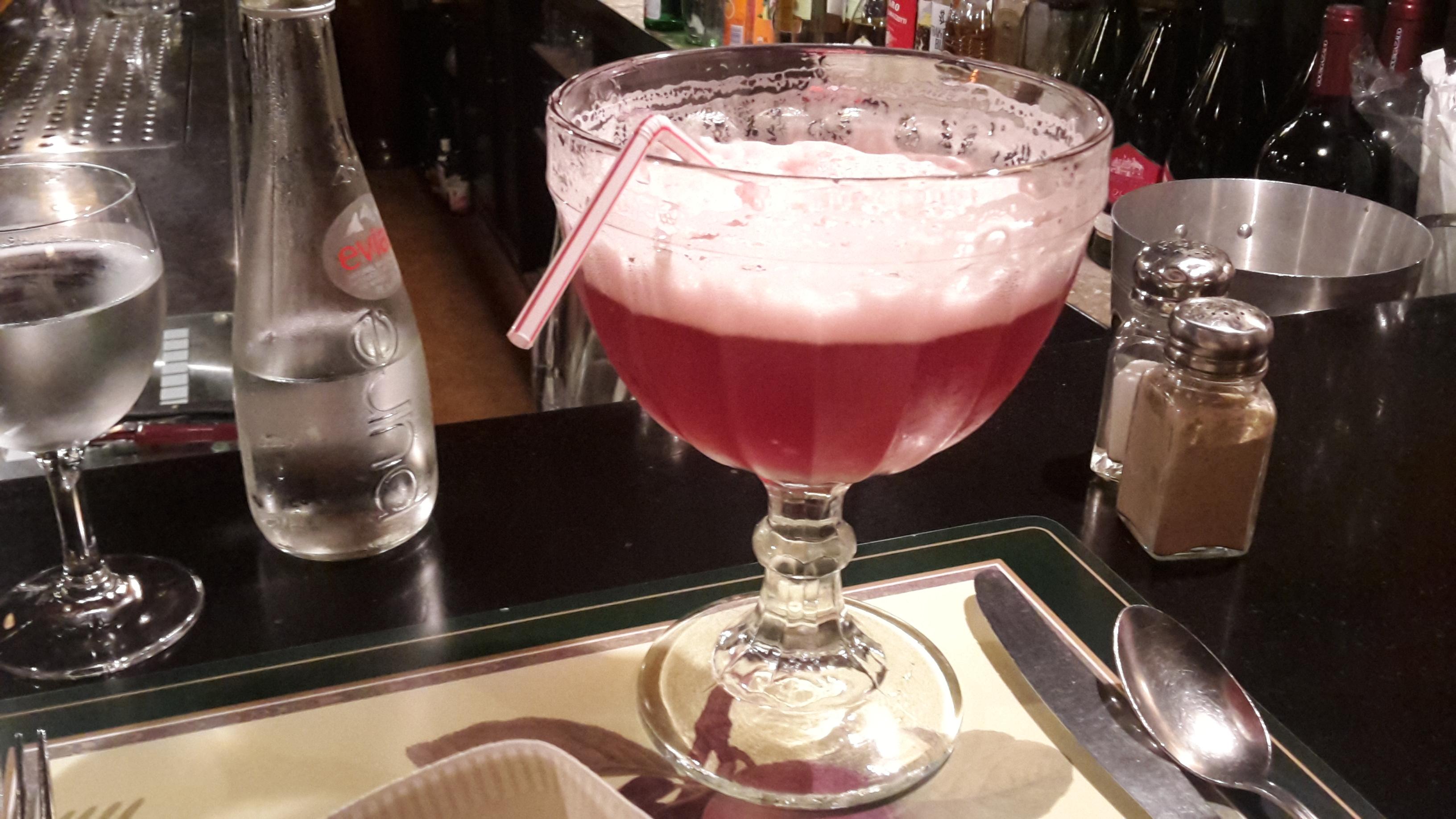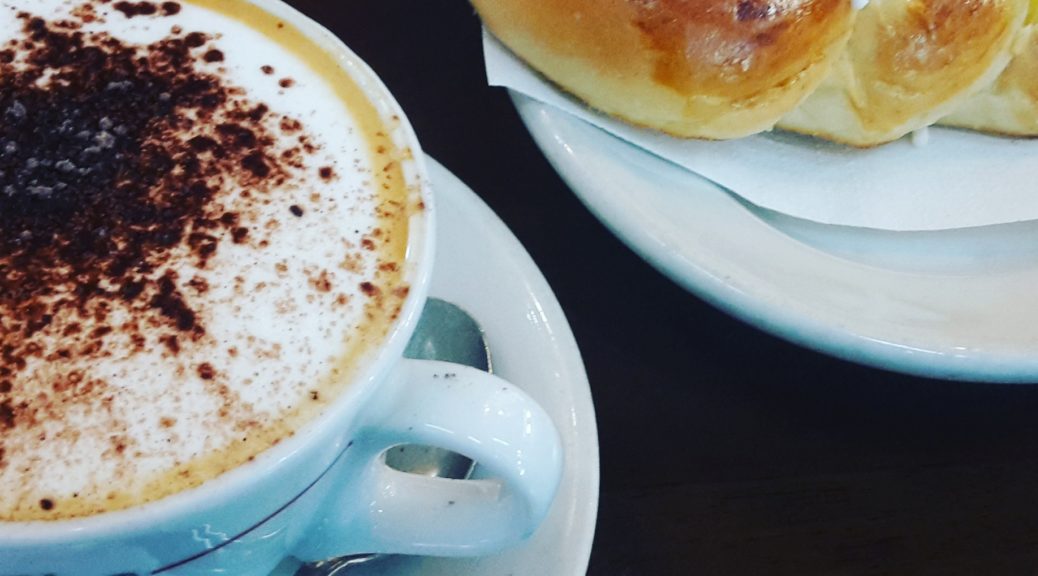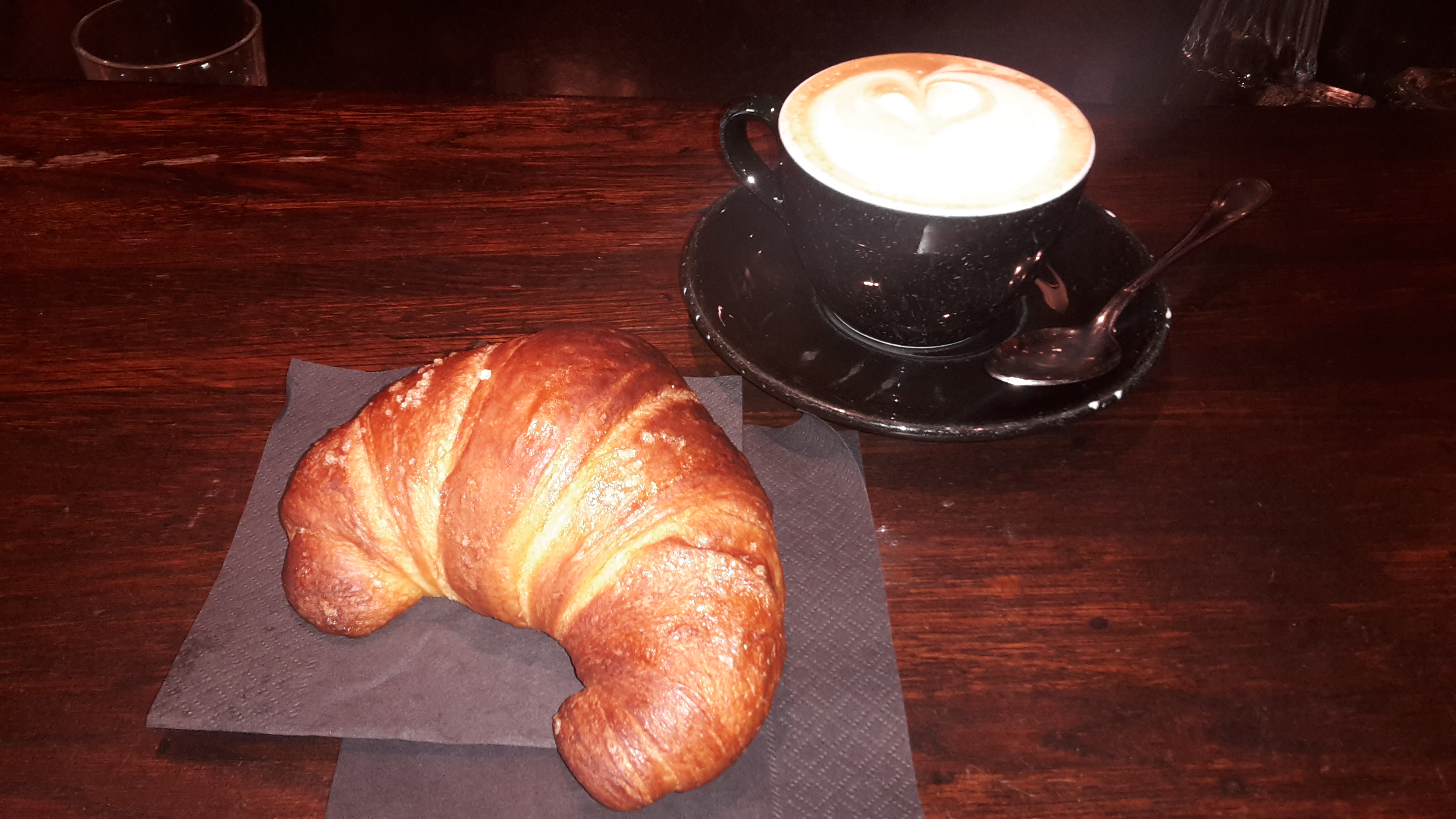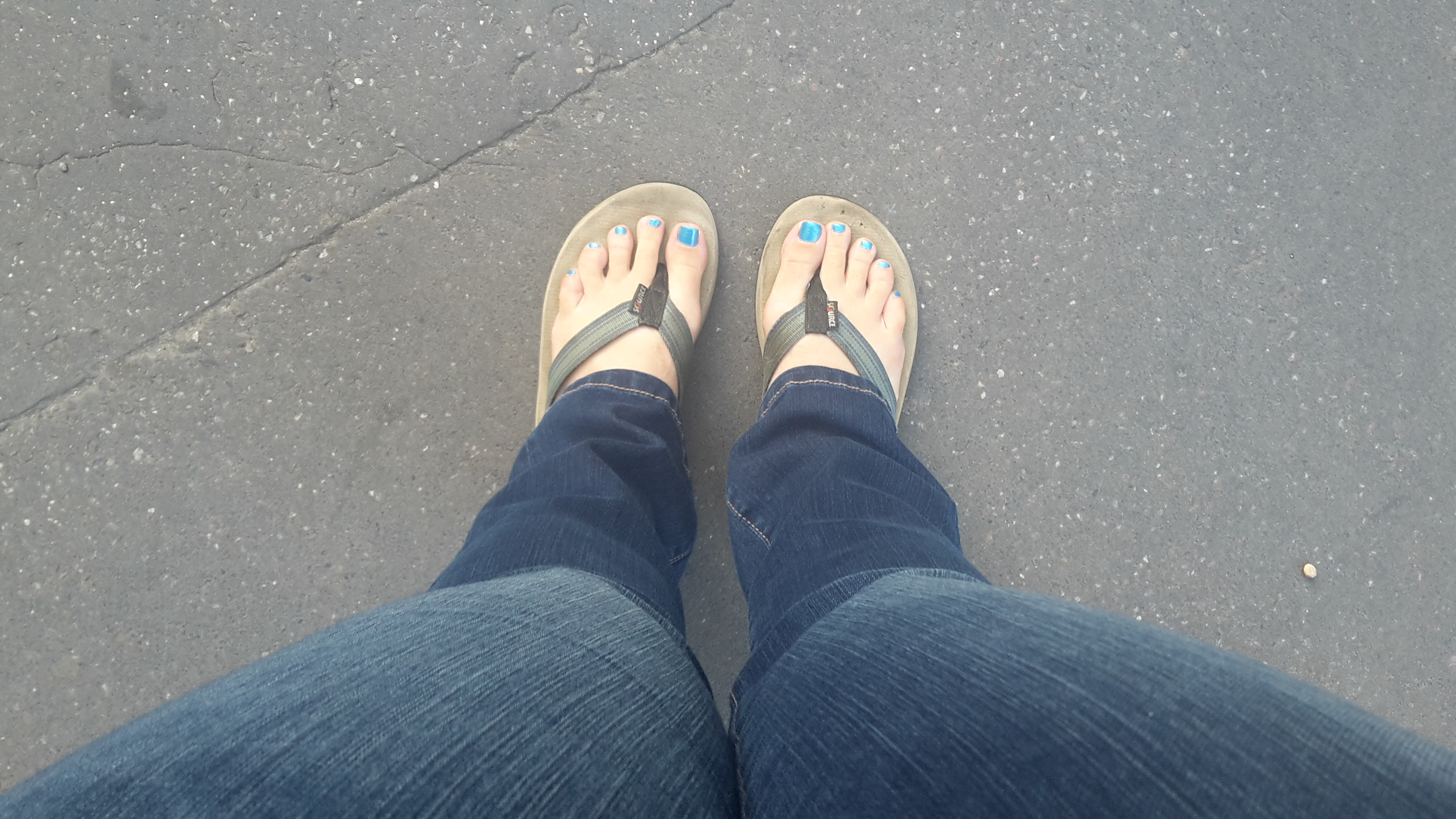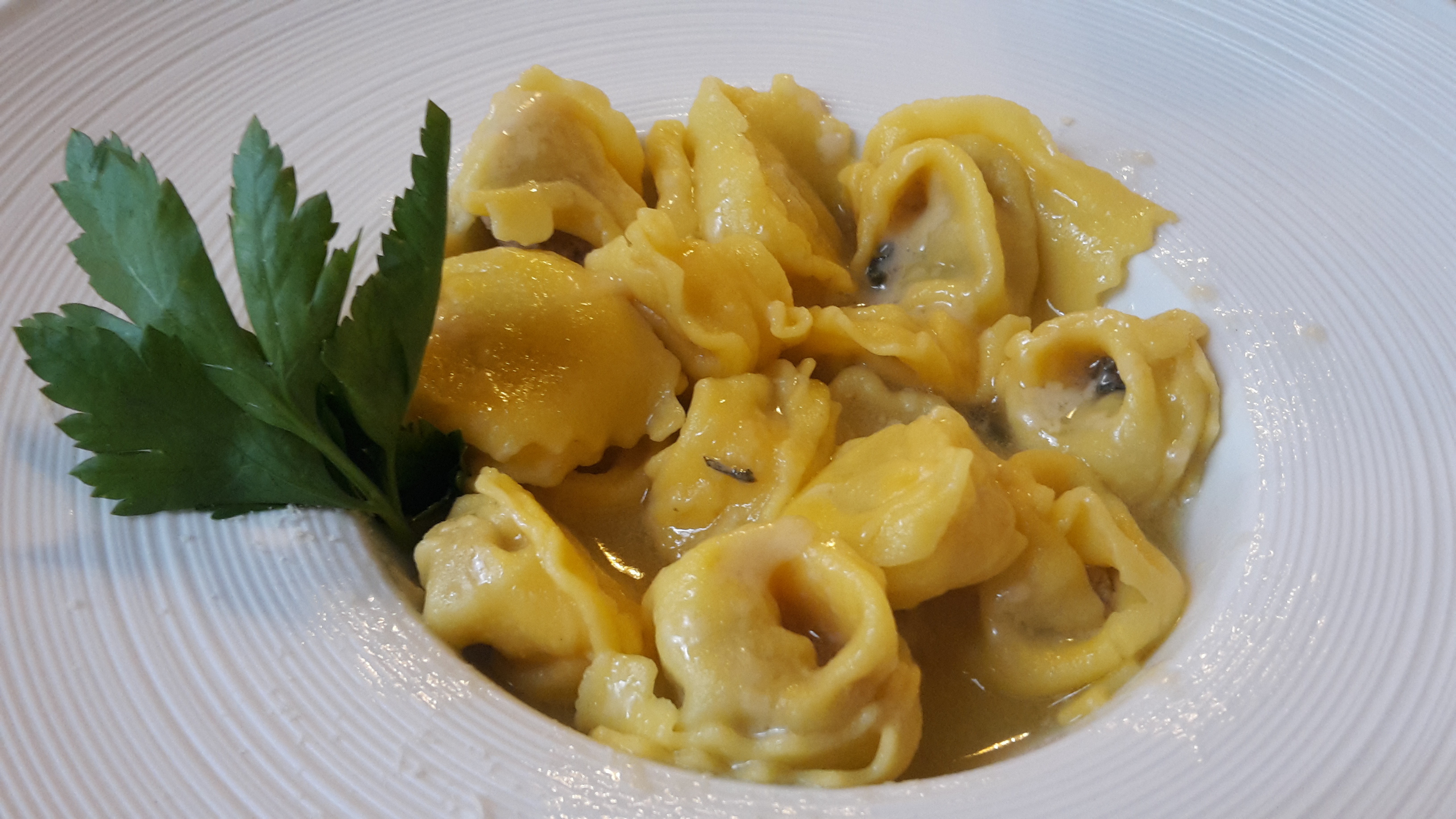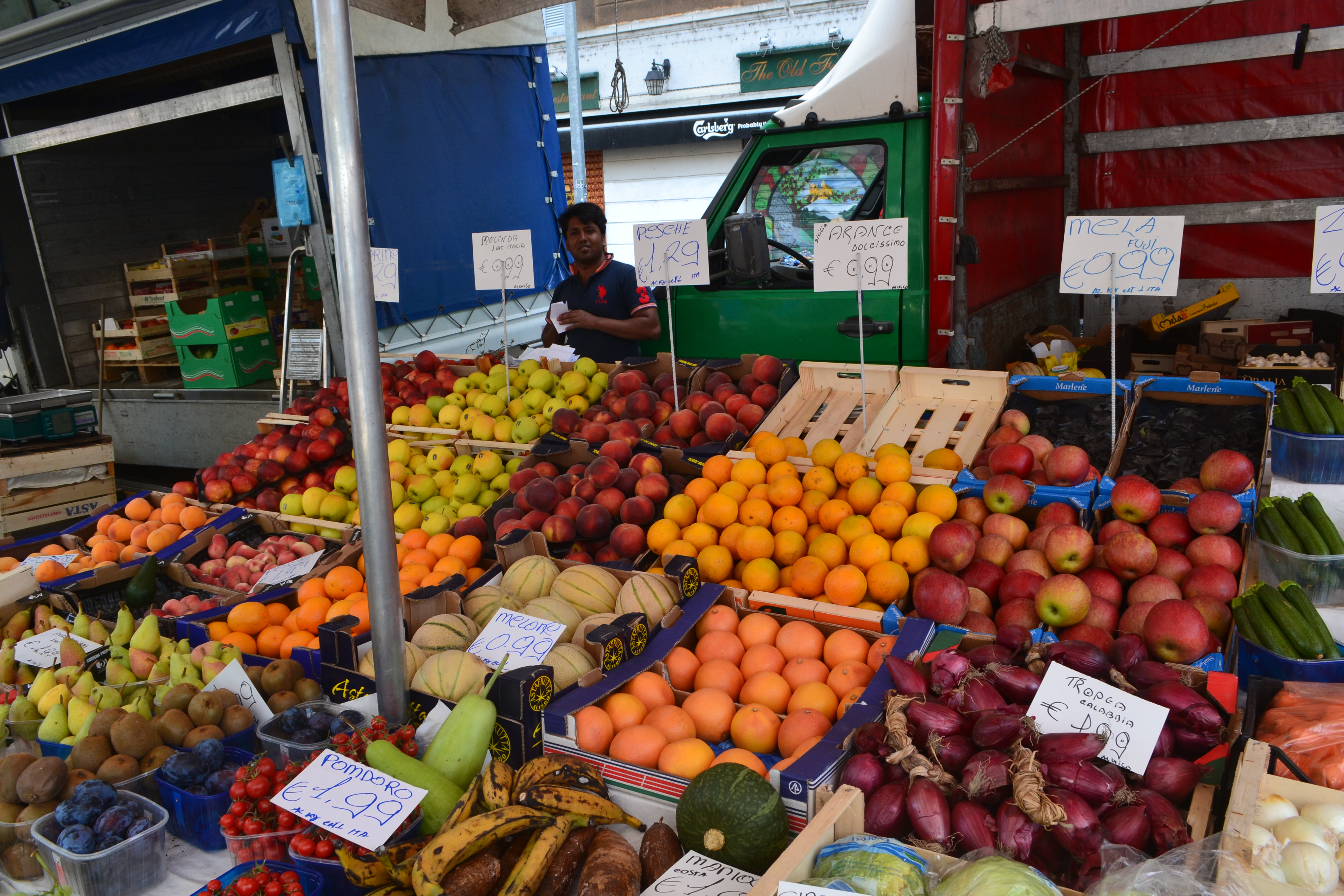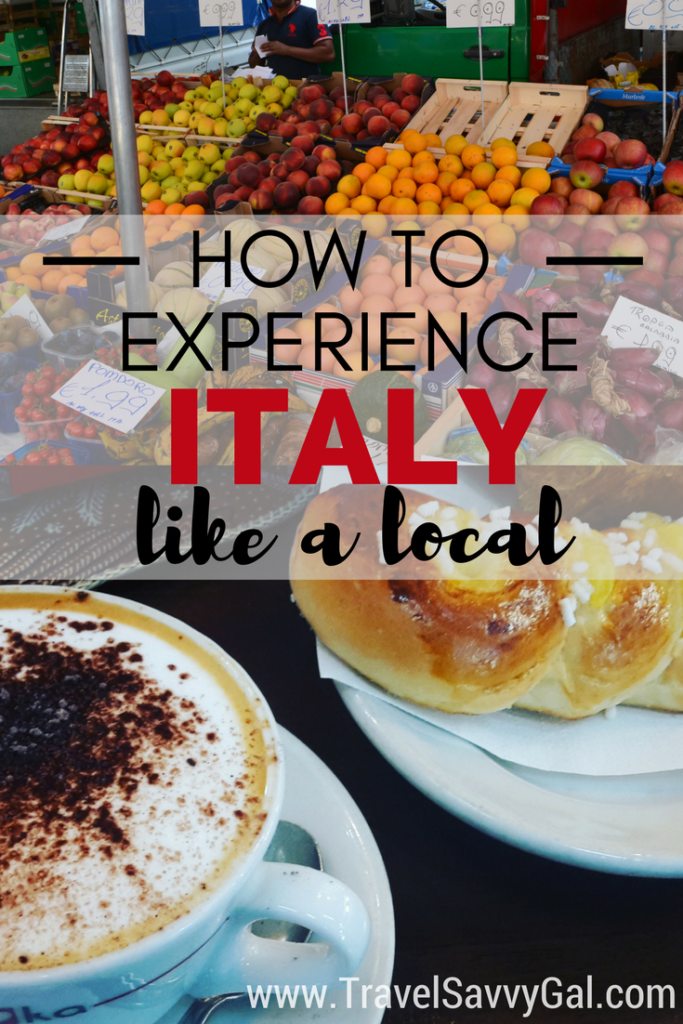
Where to Eat around Times Square in NYC
If you’re planning to see a lot of Broadway theater during your time in New York – or just doing some sightseeing around Times Square – make that extra little bit of effort to ensure that you eat well in the process. There are a ton of affordable and delicious options nearby if you know where to look.
In general, a lot of places that cater mainly to tourists will be along 7th or 8th Avenues, or along Broadway. There are a lot of excellent dining options if you walk over to 9th Avenue or go a bit uptown or downtown from the fray. And of course “Restaurant Row,” on 46th Street between 8th and 9th Avenues is always a good bet. If you have the time, take a stroll and grab a bite at whatever place entices you.
TIP! Most New York addresses, and certainly those in the Times Square vicinity, are usually on a street and listed between two avenues or on an avenue and listed between two streets.
And whether you’re a planner or not, here are some delectable options in and around Times Square:
Coffee
Okay, so after time living in both Australia and Italy, I admit it – I’m a coffee snob. Both countries have a strong espresso culture, and I have one go-to place for coffee in the Times Square area:
Caffè Bene
1611 Broadway (corner of 49th and Broadway)
Yes, it’s a chain with several locations around the city and beyond. However, they brew solid espresso-based drinks, and have ample seating and free WiFi, so it’s a great spot for a recharge or to pick up a coffee on the go. Not too common around Times Square.
That said, you can get coffee at delis, street vendors and from the typical American chains all throughout Times Square if espresso drinks are not your thing.
Deli
Delis are great spots for bagels or other breakfast concoctions (omelettes, egg sandwiches, and more) made to order, and delis typically have a buffet in addition to made-to-order sandwiches for lunch and beyond. The three options below are the Times Square area delis that I’ve enjoyed the most in my two decades of theater-going.
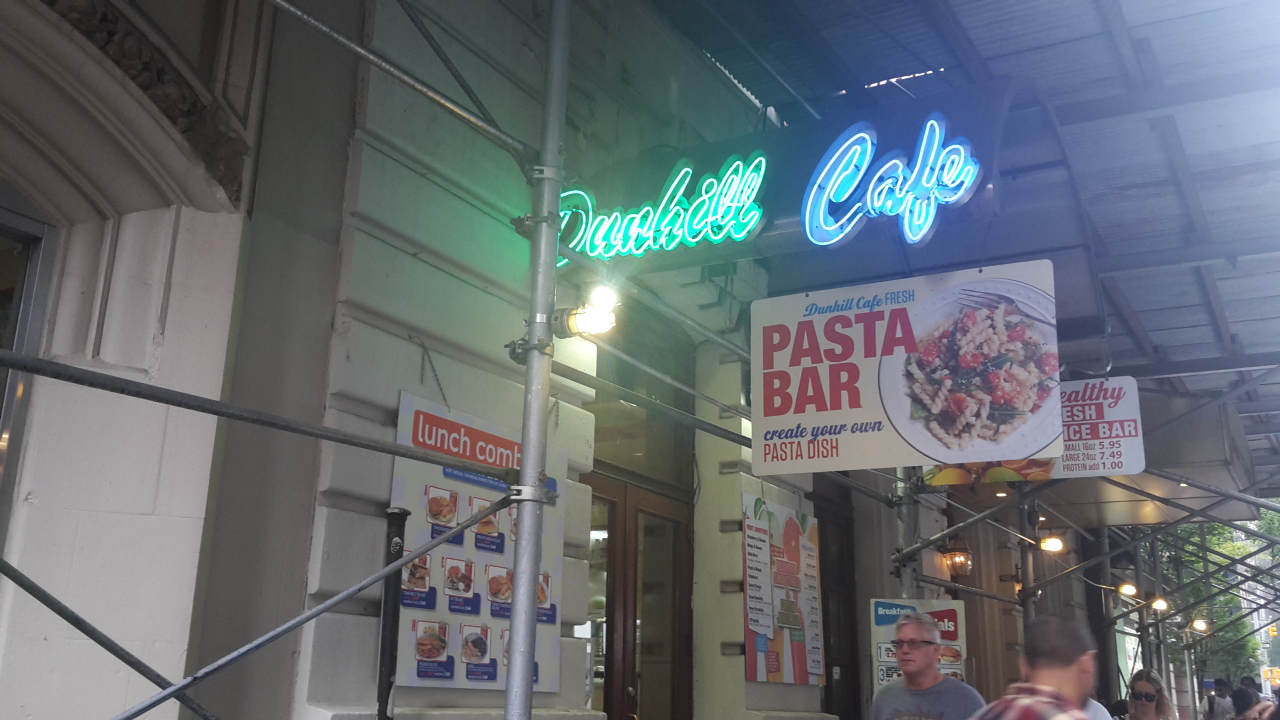
109 W. 45th Street (between 6th and 7th)
This deli is great for their central location and seating. It’s away from the fray and close to other deli options, so I don’t usually have trouble finding a seat, and enjoy the many breakfast and lunch options available.

1625 Broadway (between 49th & 50th)
Green Apple is a bit uptown from the most central parts of Times Square, so tends to be less crowded. And you know the food options are delicious when most of the people waiting in line with you on a weekday morning are regulars who greet the employees by name. Most people take something to go, although occasionally I’ve taken advantage of their seating upstairs.

212 W. 44th Street (between 7th & 8th)
This spot does not have seating, however has quick service and a variety of options that make it worth a stop. It’s another very central location, and the bagels are particularly good.
Street Vendors/Food Markets
Part of the energy of NYC comes from the ever-present street vendors, some that specialize only in roasted nuts or breakfast pastries, and others that resemble the single cuisine food trucks that have become trendy in the US in recent years. And on a rainy day, or if you want to be able to sit at a table to eat, indoor food markets abound.
Food Trucks/Street Vendors
You can find street food all over Times Square (including in the central pedestrian area) but there are a few concentrations of food trucks and street vendors a bit away from the fray that are worth seeking out. Bonus is that both spots listed below are also close to outdoor seating.
- Bryant Park – The park spans W. 40th to 42nd Streets, between 5th and 6th There are many street vendors and food trucks that congregate there, as well as other casual eateries along the periphery of the park. Grab a bite and enjoy it in the green surroundings for a bit of nature to counterbalance the bustle of Times Square.
- Rockefeller Center – This is another area where you’ll find a number of street food options adjacent to one another, as well as outdoor seating to enjoy your meal. The most options I’ve seen recently have been on W. 49th Street between 5th and 6th

600 11th Avenue (between 44th & 45th)
This indoor market is the main one close to Times Square, and has lots of seating and a huge variety of food stalls to choose from. Great for the solo traveller who wants to be in the middle of a bustling area or a group of people with different food preferences who all want to eat together. From tacos to tapas to sushi to charcuterie, there is huge variety here. The market also hosts one of my favorite ramen destinations in the city: Ivan Ramen Slurp Shop. It’s a few avenues over from the main Times Square area, and definitely worth the walk.
Sit-Down Restaurants
I have dined and enjoyed many types of cuisines over the years in the Times Square vicinity, although the restaurants with staying power that are consistently delicious skew towards the ethnic. The Thai restaurants in particular tend to be budget-friendly. And all are delicious representations of the ethnic melting pot that is New York, and the delicious food that comes along with it.
Gastropub
813 8th Avenue (corner of W. 49th)
This casual gastropub is a reasonably quick stop for a pre- or post-theater meal. There is a variety of food options, including burgers and small plates, and I’ve enjoyed many tasty options over the years.
Korean
346 W. 52nd Street (between 8th & 9th)
It is no longer Michelin-starred, but this Korean eatery serves fabulous dishes and offers many vegetarian options. I ate there on my most recent trip to NYC, and was wowed by each of the dishes. I recommend reserving in advance, which you can do through their website linked above.
Mexican
824 9th Avenue (corner of 54th)
I first stumbled upon El Centro due to its prominent corner location and lively atmosphere. It offers down home Mexican cooking, covering the classic plates from tacos to quesadillas to empanadas to tamales. A great budget choice that will fill you up and put a smile on your face.
251 W. 50th Street (between Broadway and 8th)
This is my favorite Mexican restaurant in all of NYC, due to the solid flavors and innovative cooking without compromising the essentials. It’s a bit pricier than some of my other picks in the Times Square area, but more than worth it. Definitely reserve in advance, which you can do through the ‘Contact’ section of their website.

Thai
690 9th Avenue (between 47th & 48th)
Room Service serves really great Thai food in a chic atmosphere and at a reasonable price, especially for lunch. Cocktails are also memorable.
650 9th Avenue (between 45th & 46th)
662 9th Avenue (corner 46th)
This is probably the most famous of the Thai options near Times Square, since their popularity led them to open three different restaurants in close proximity to handle the ever-growing demand for their Thai creations. Only two remain open, but they remain great budget options and are both located on the same stretch of 9th Avenue.
What Times Square eateries are your favorites? What places didn’t make my list, but should have? Tell me more in the Comments below.
